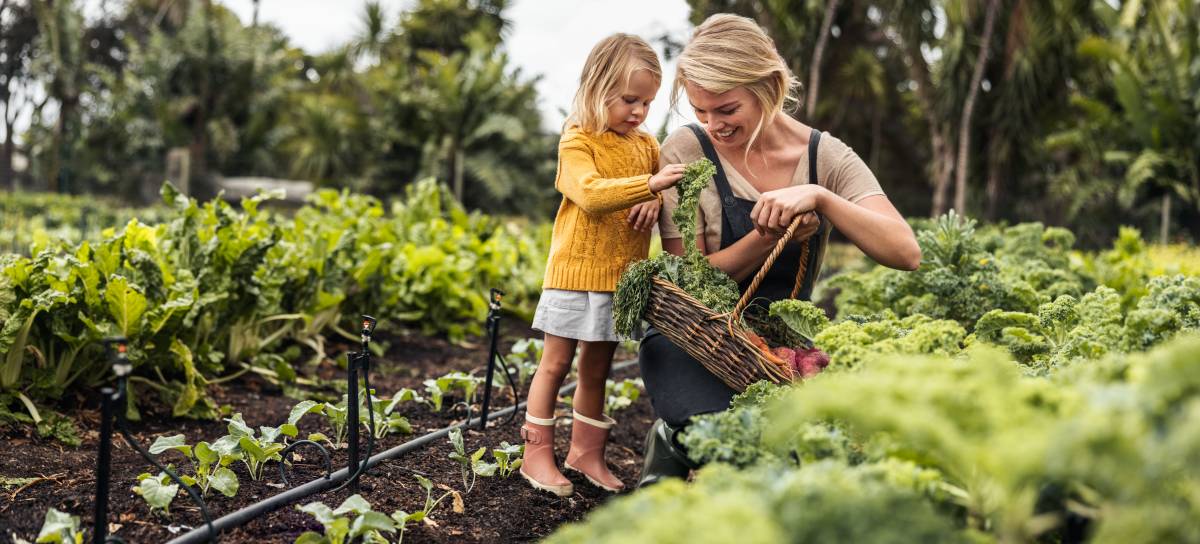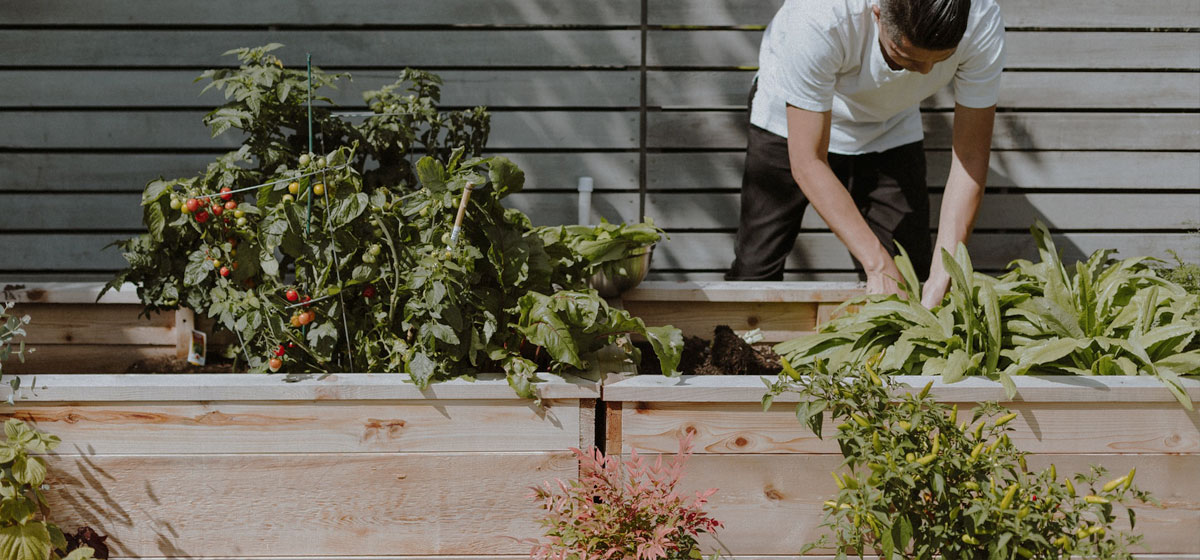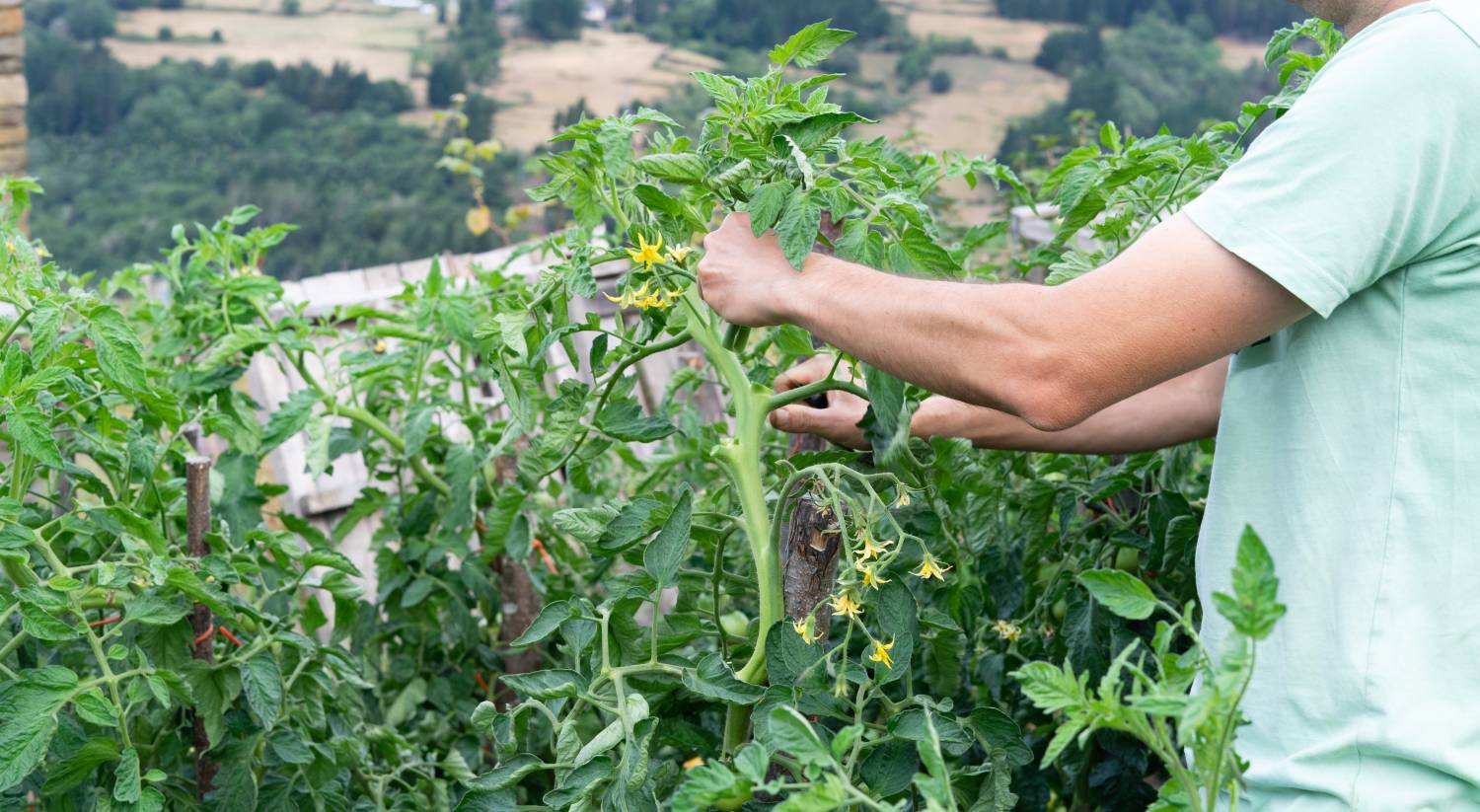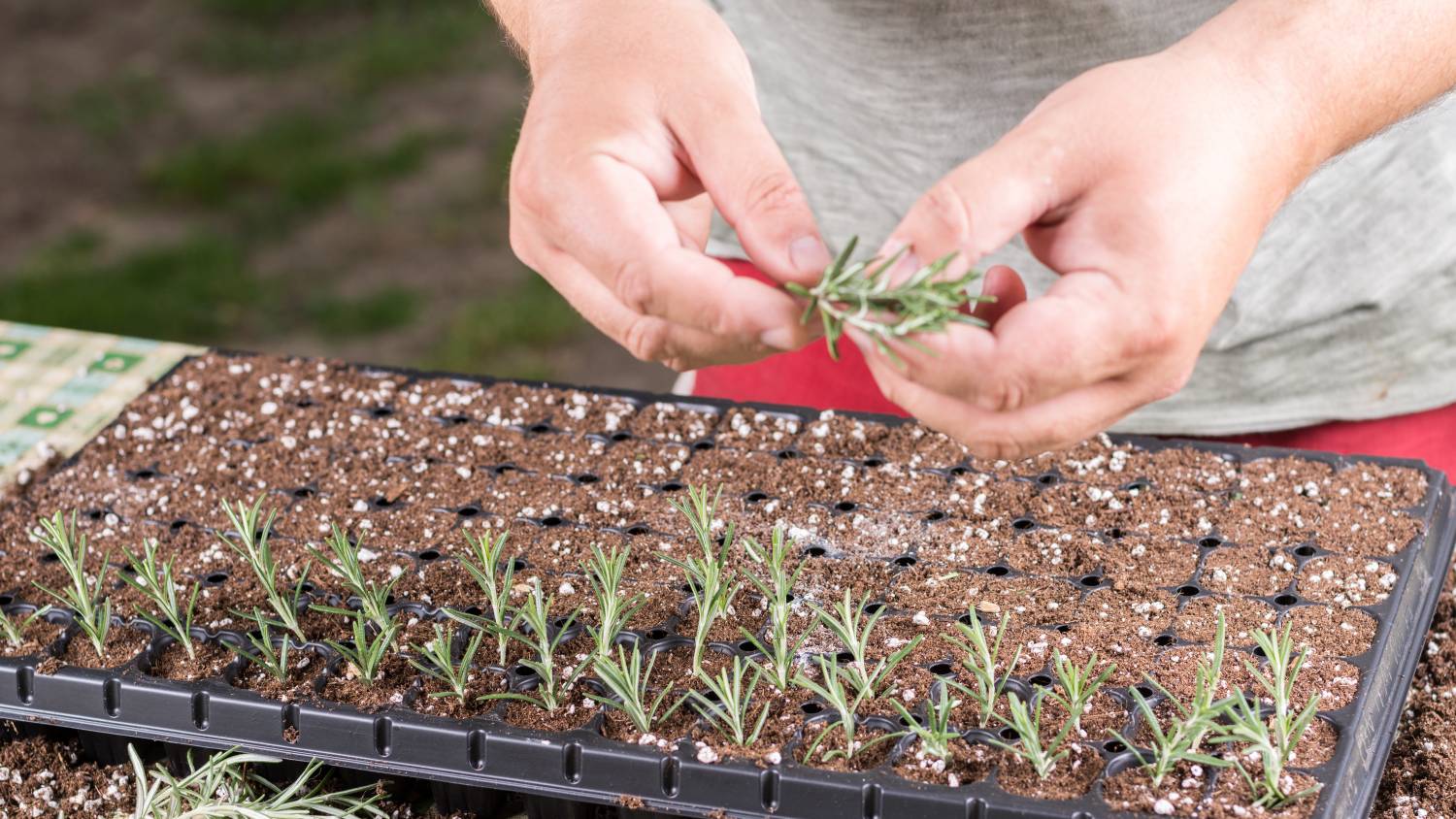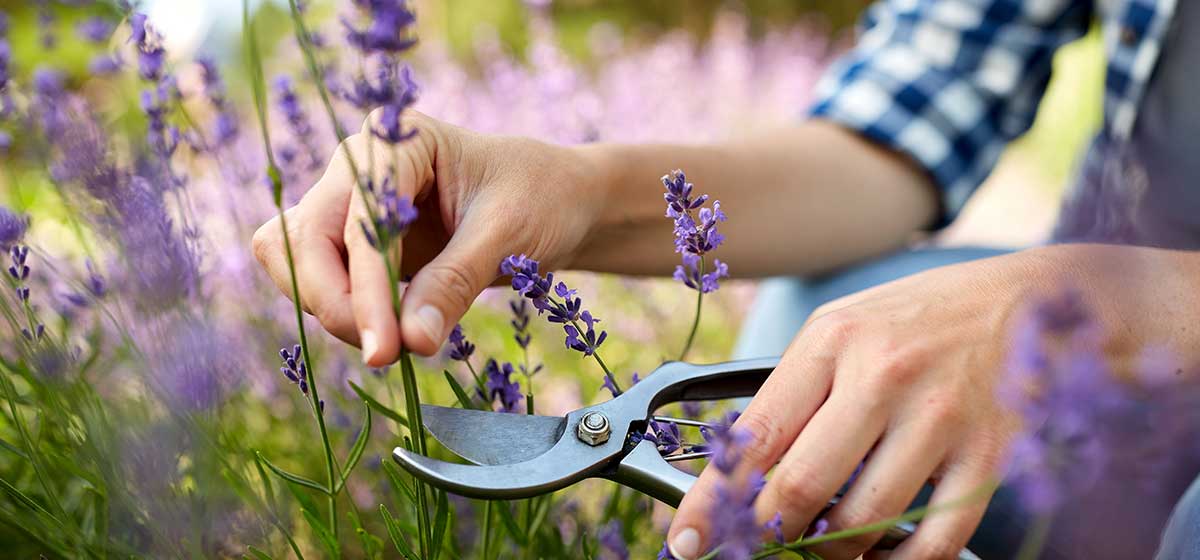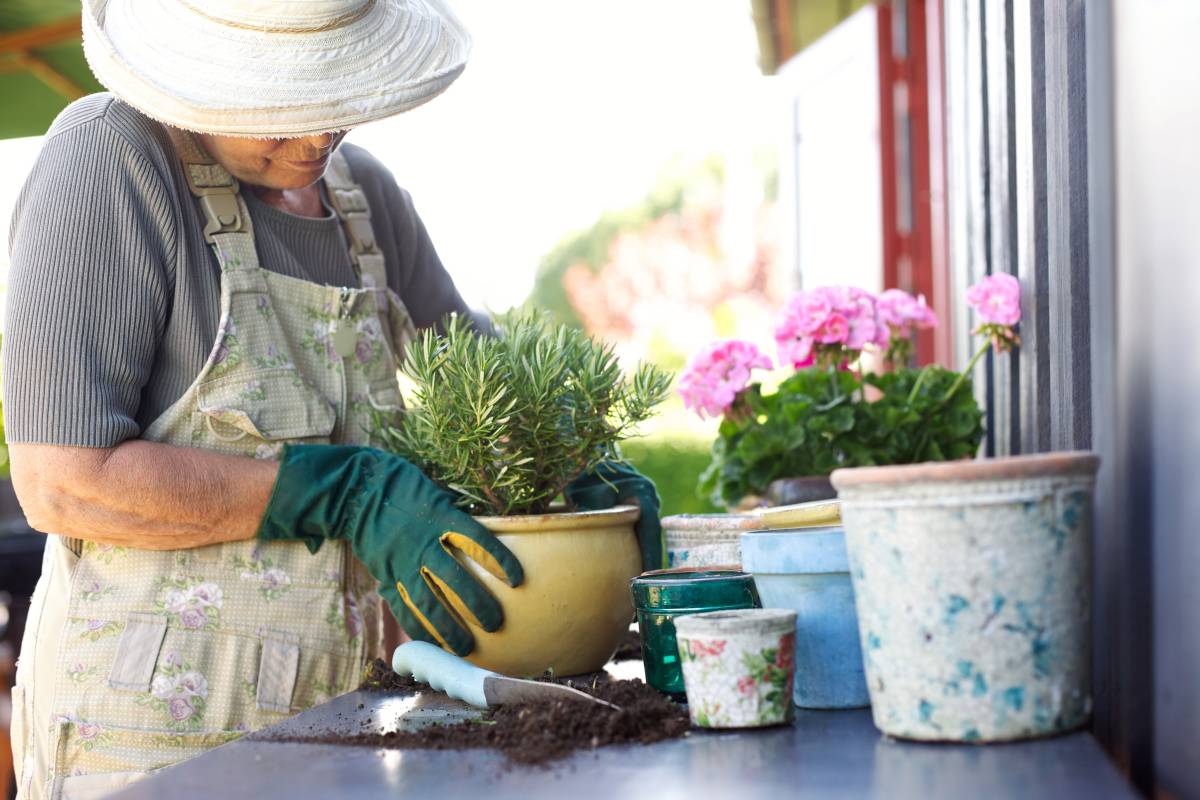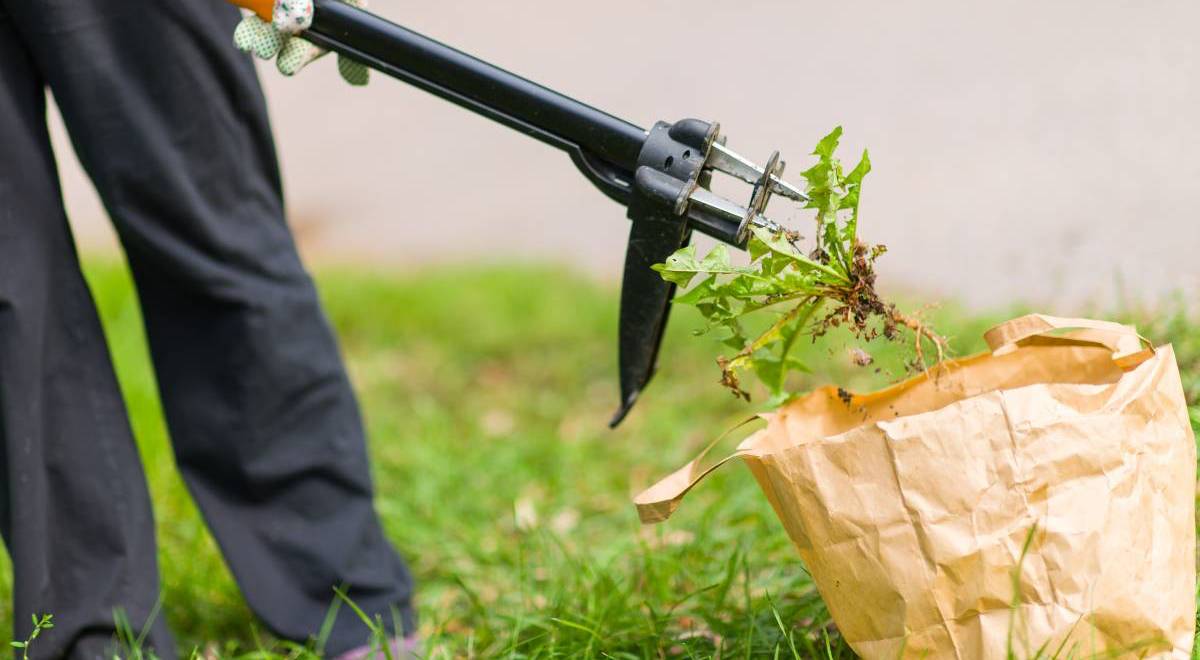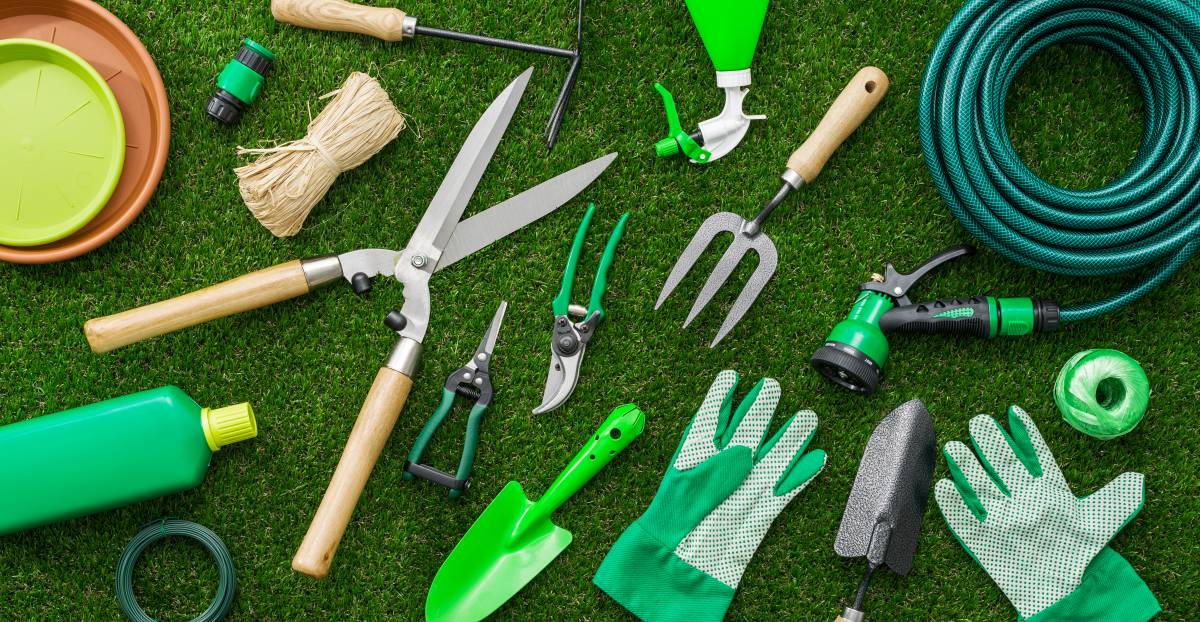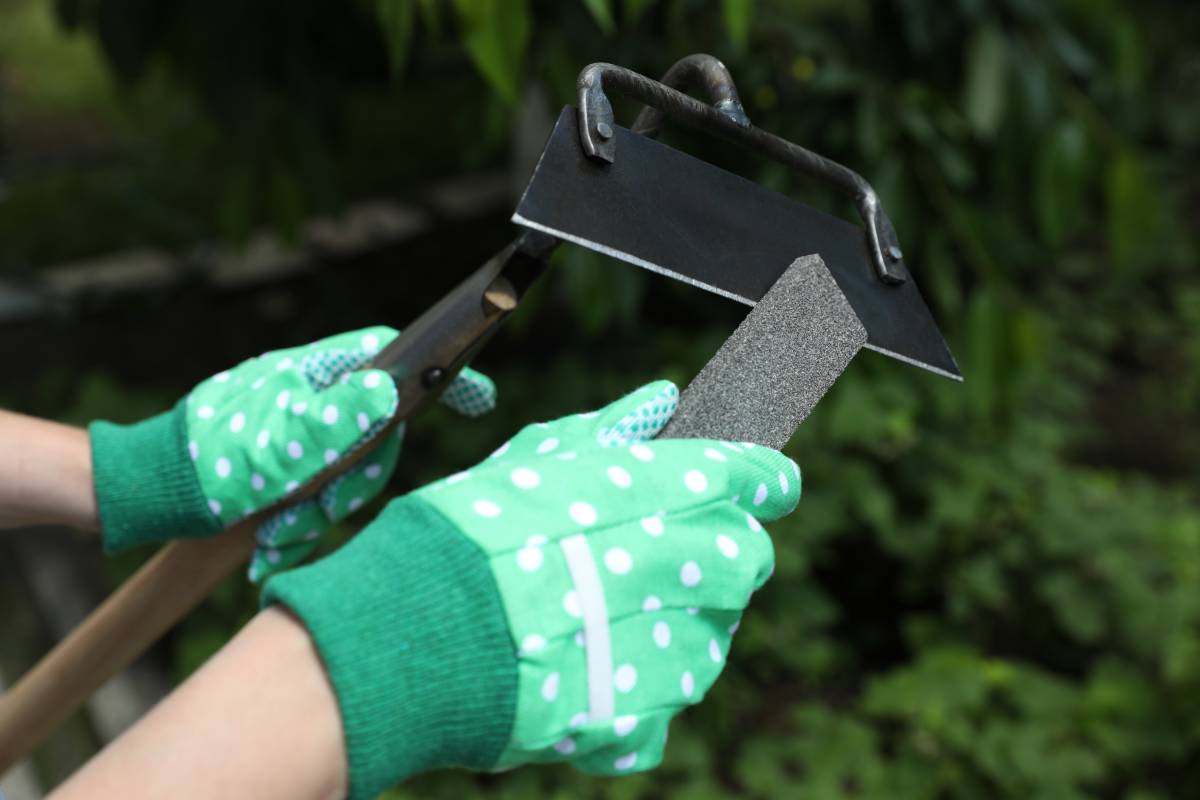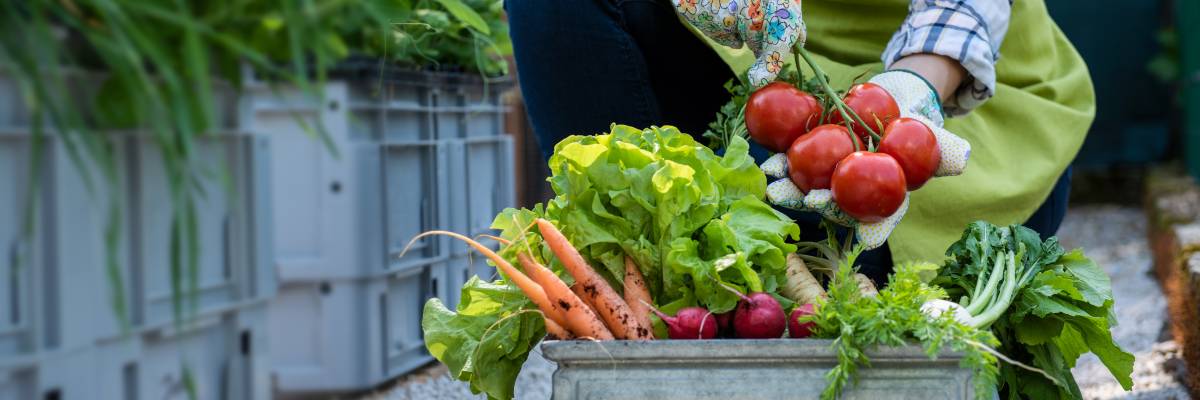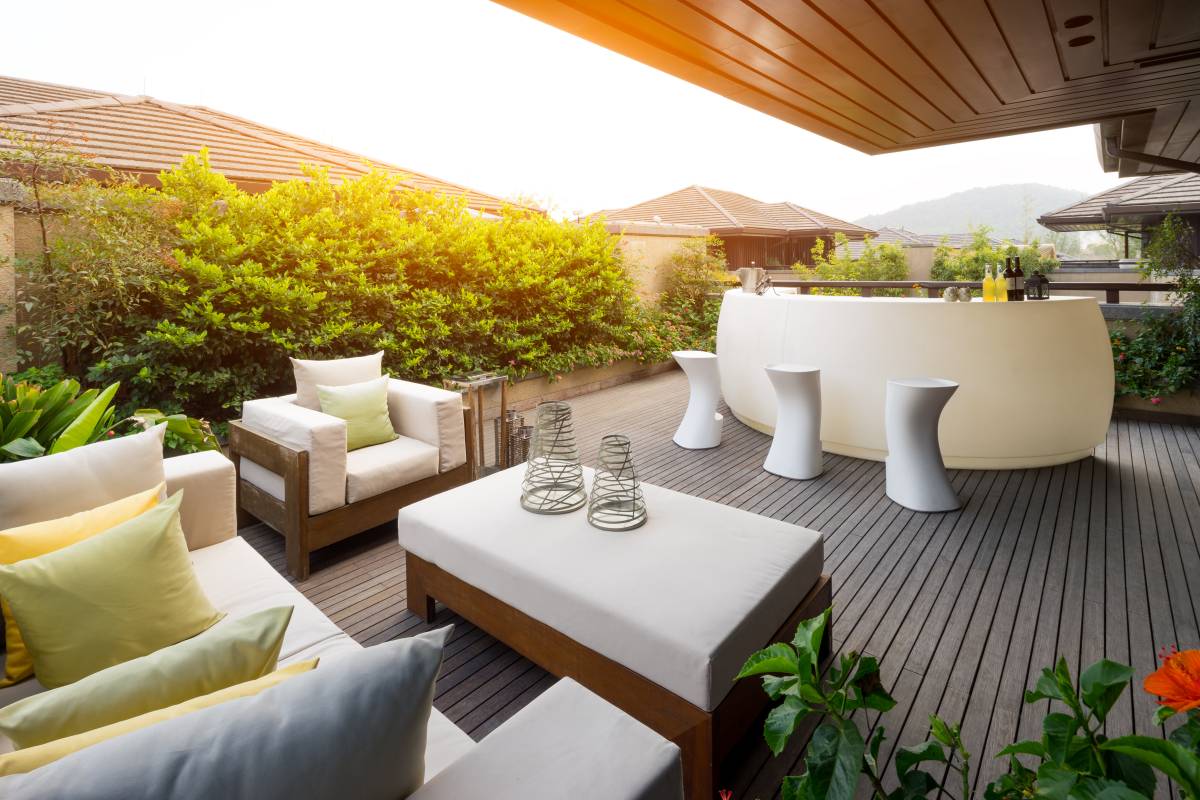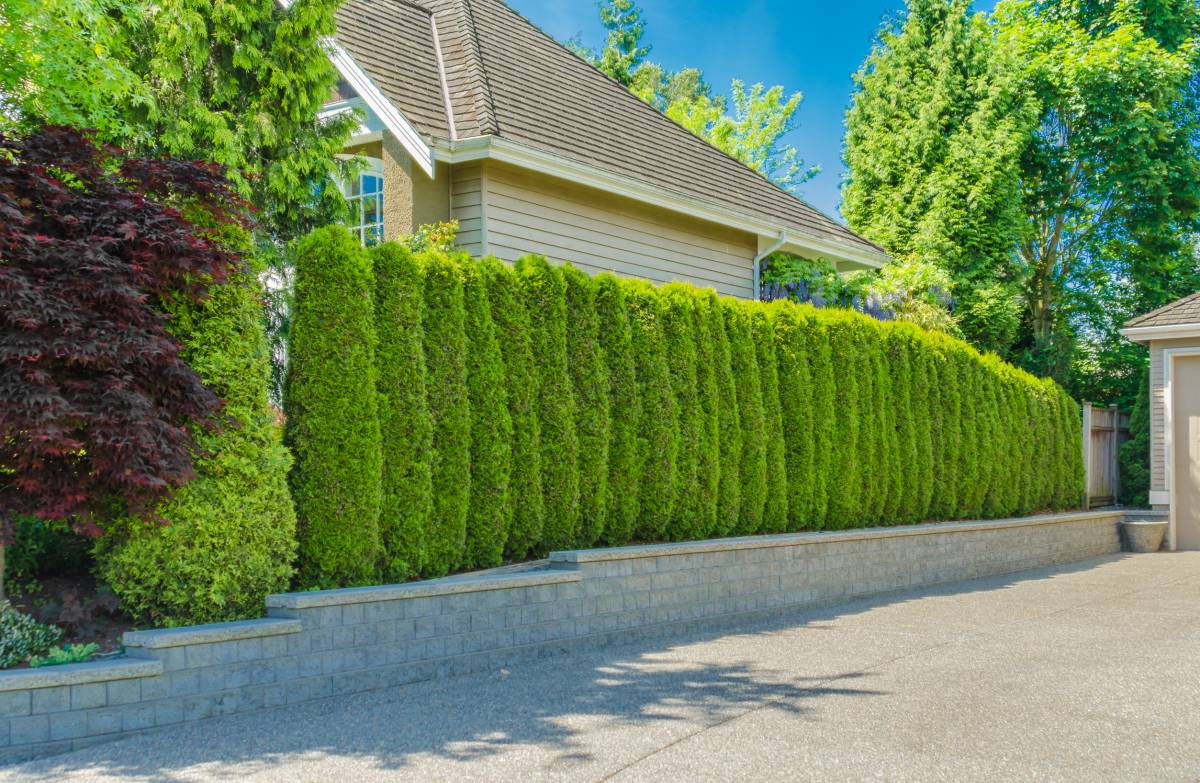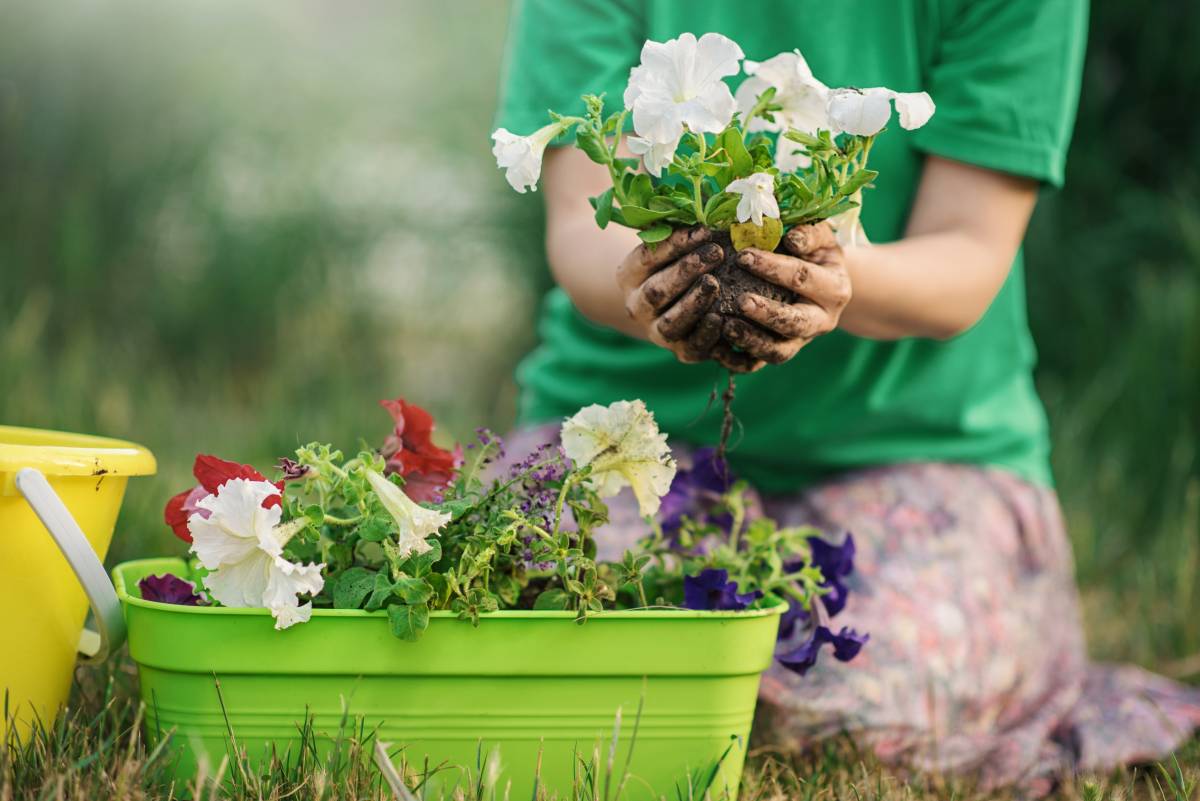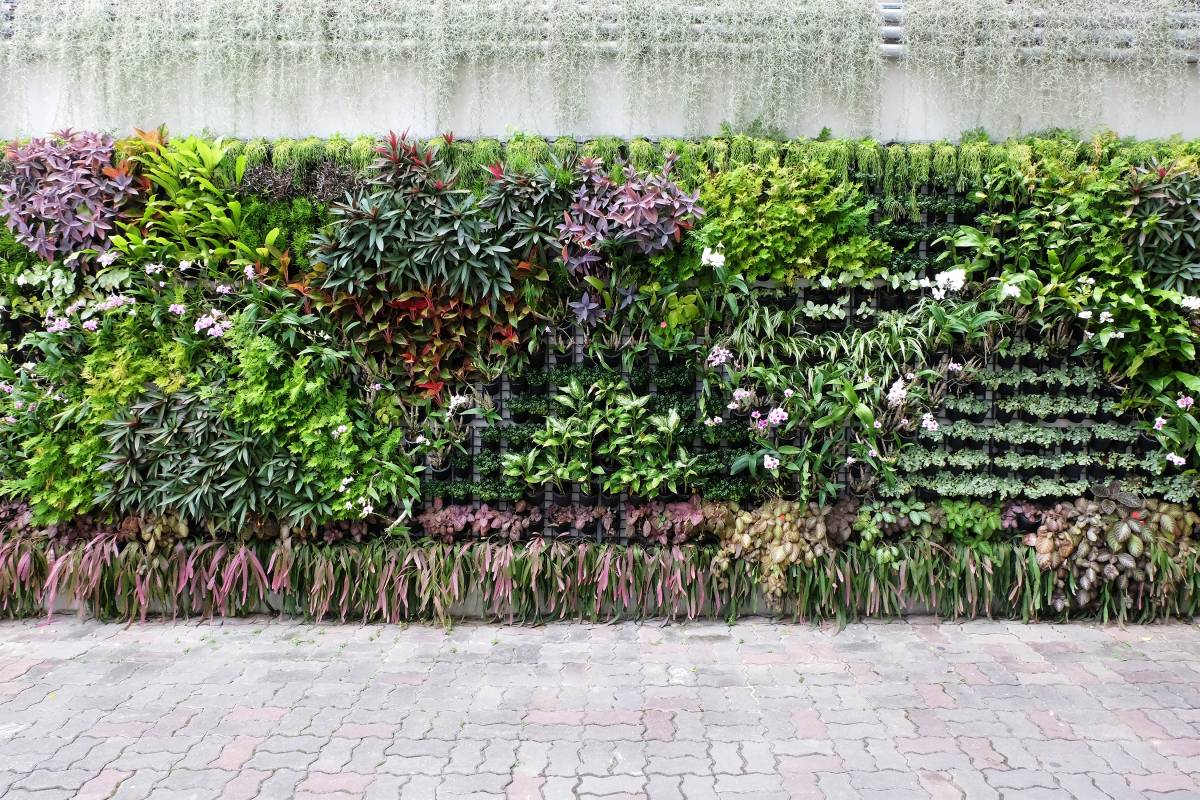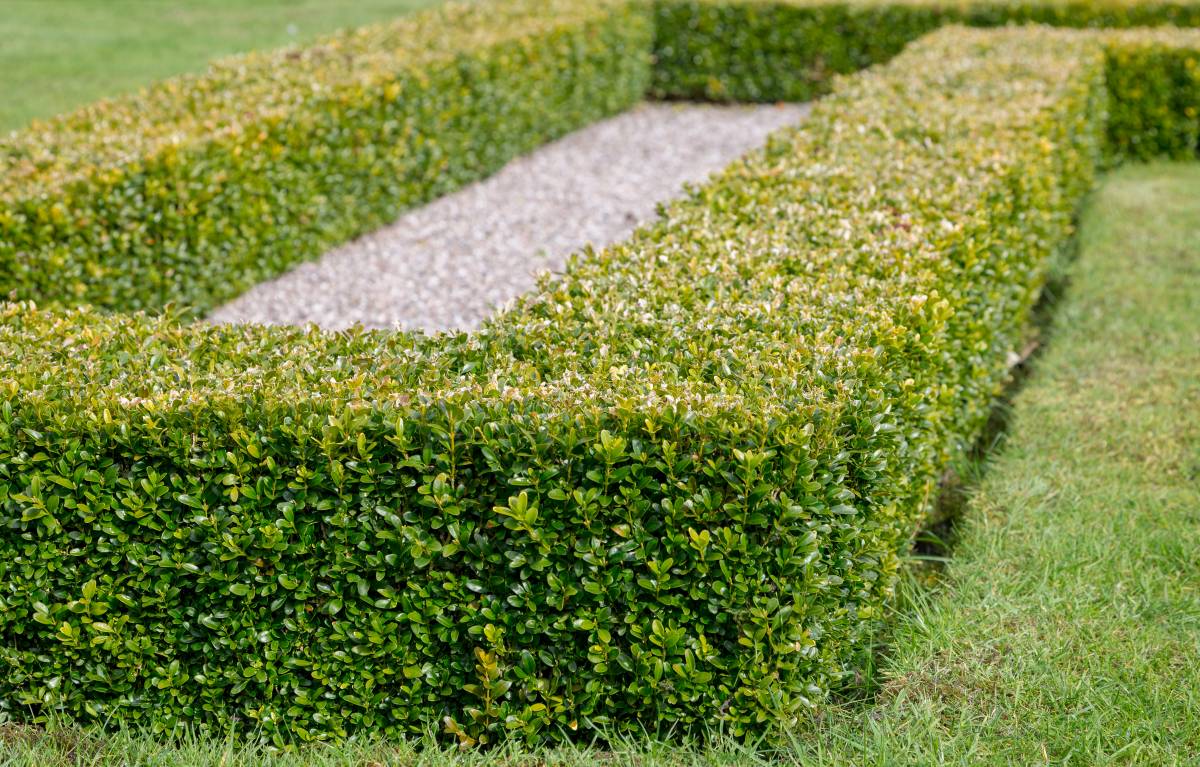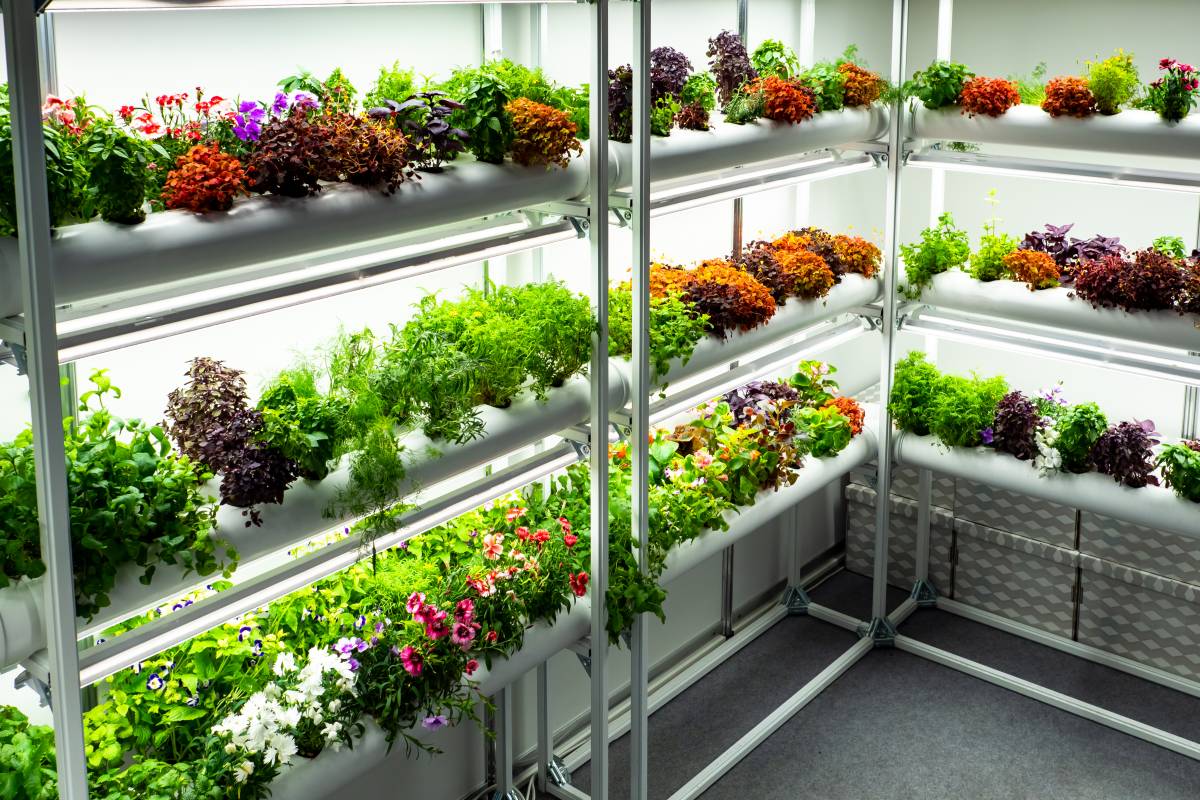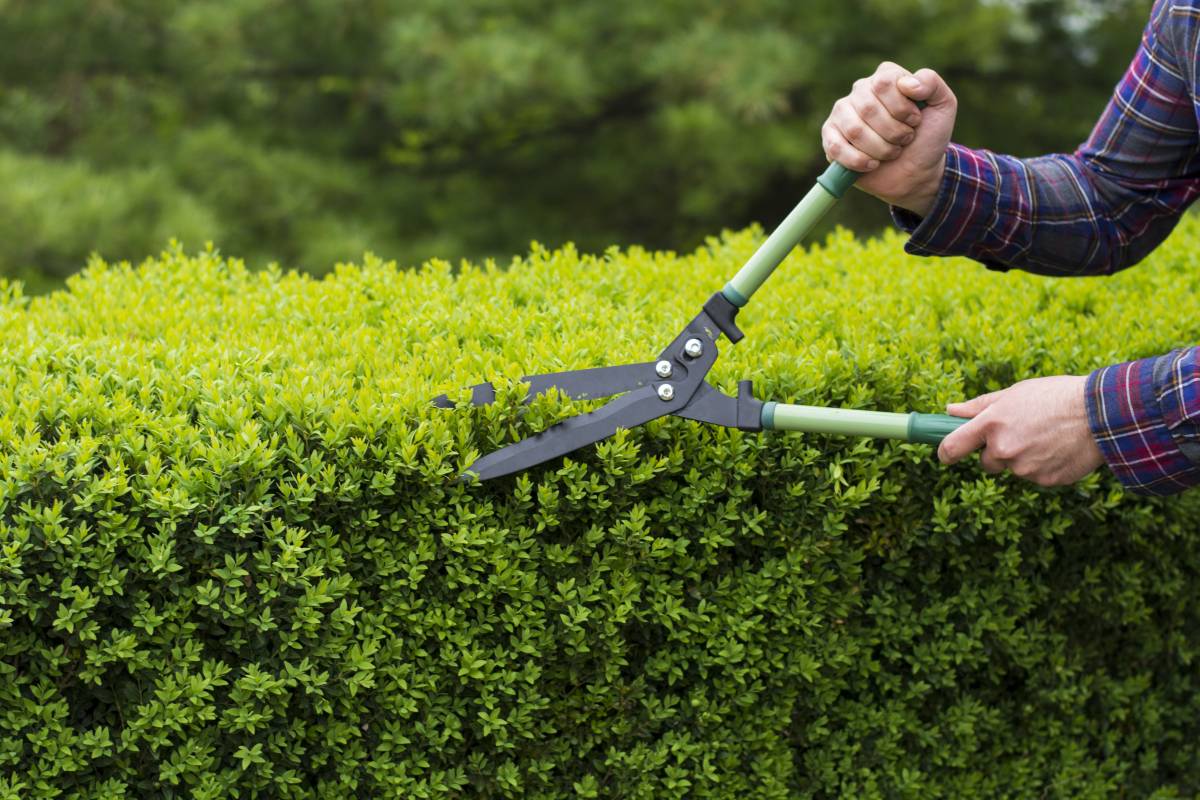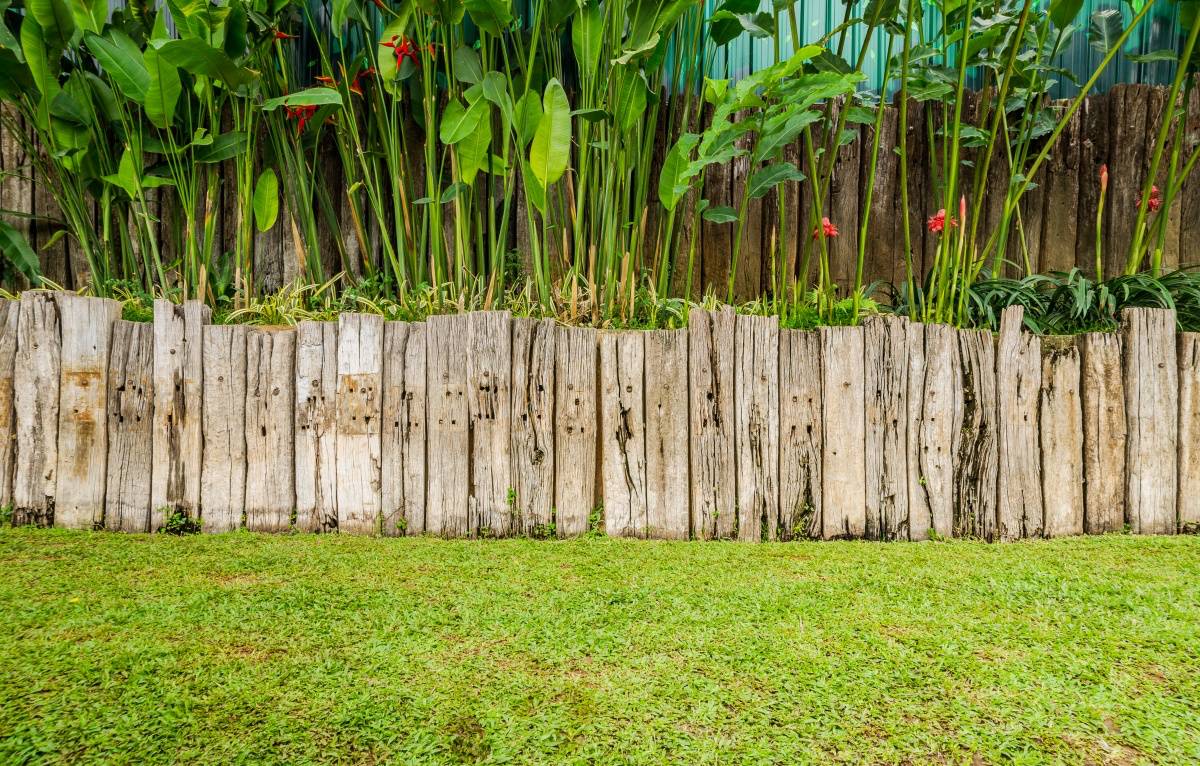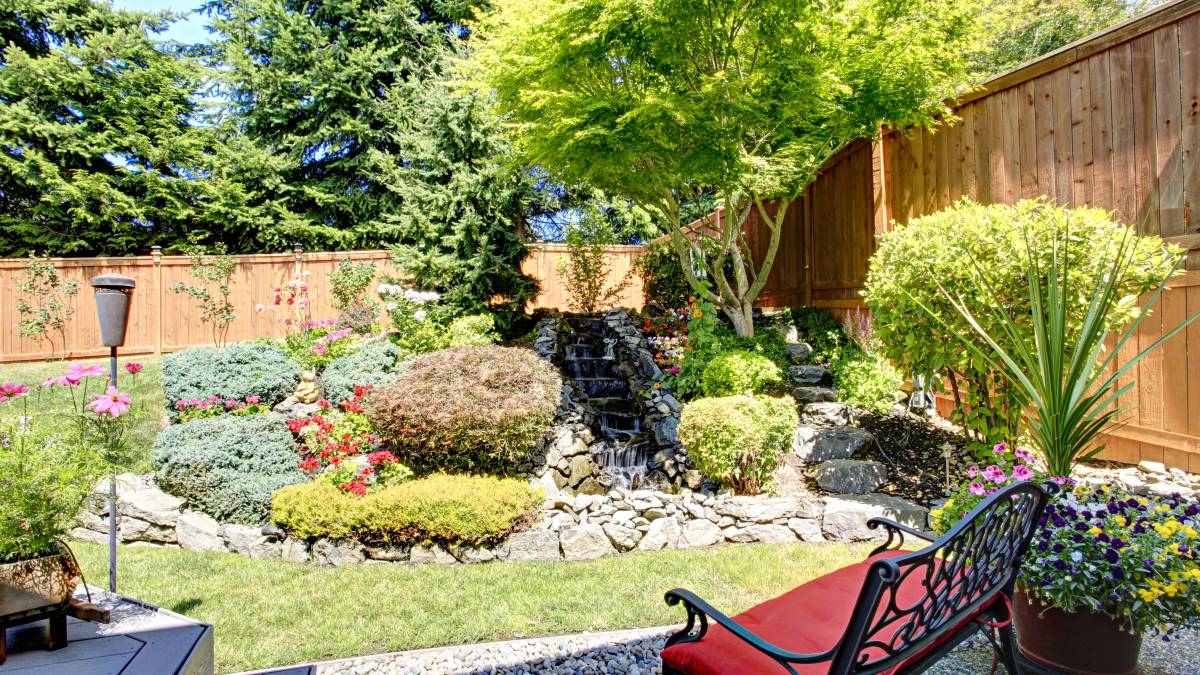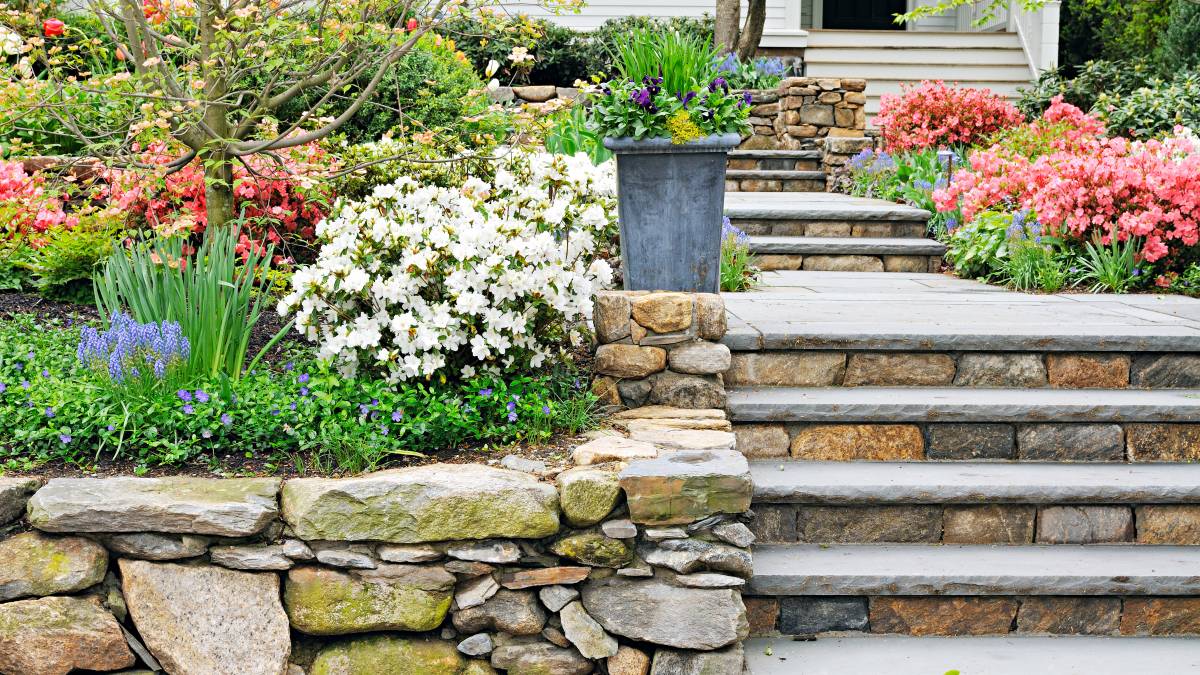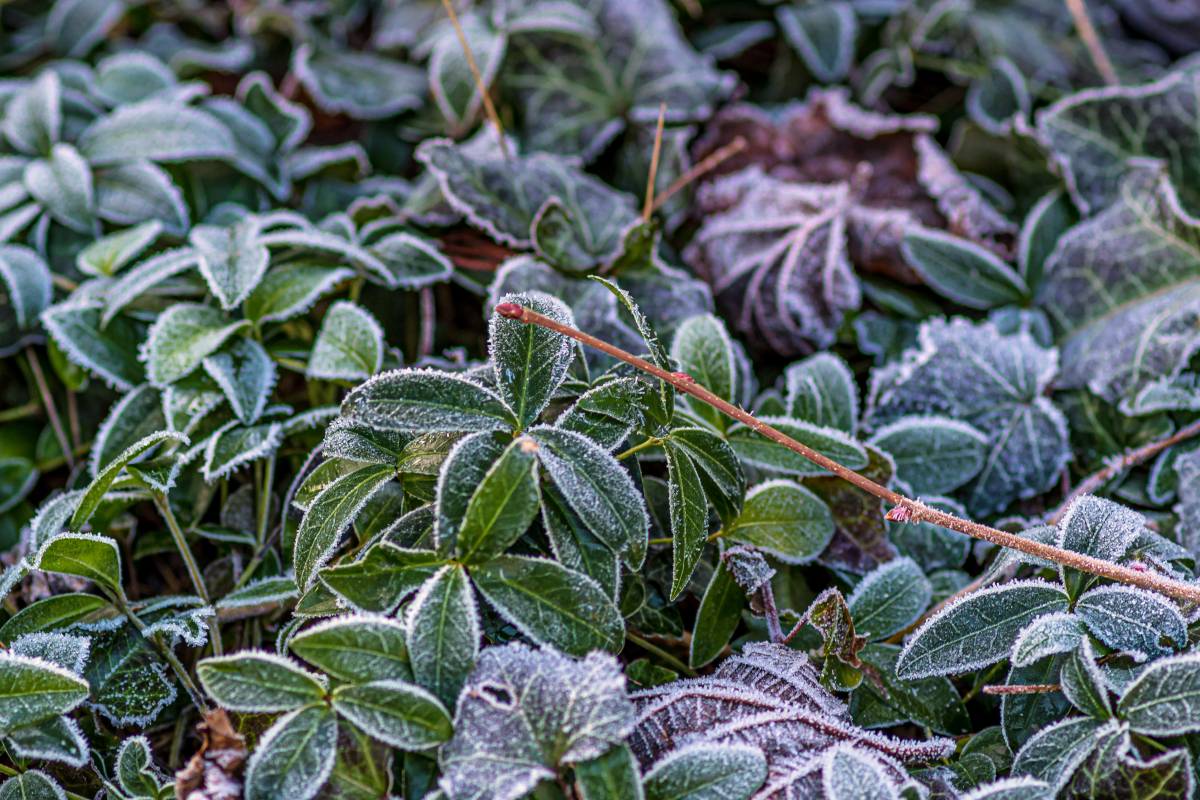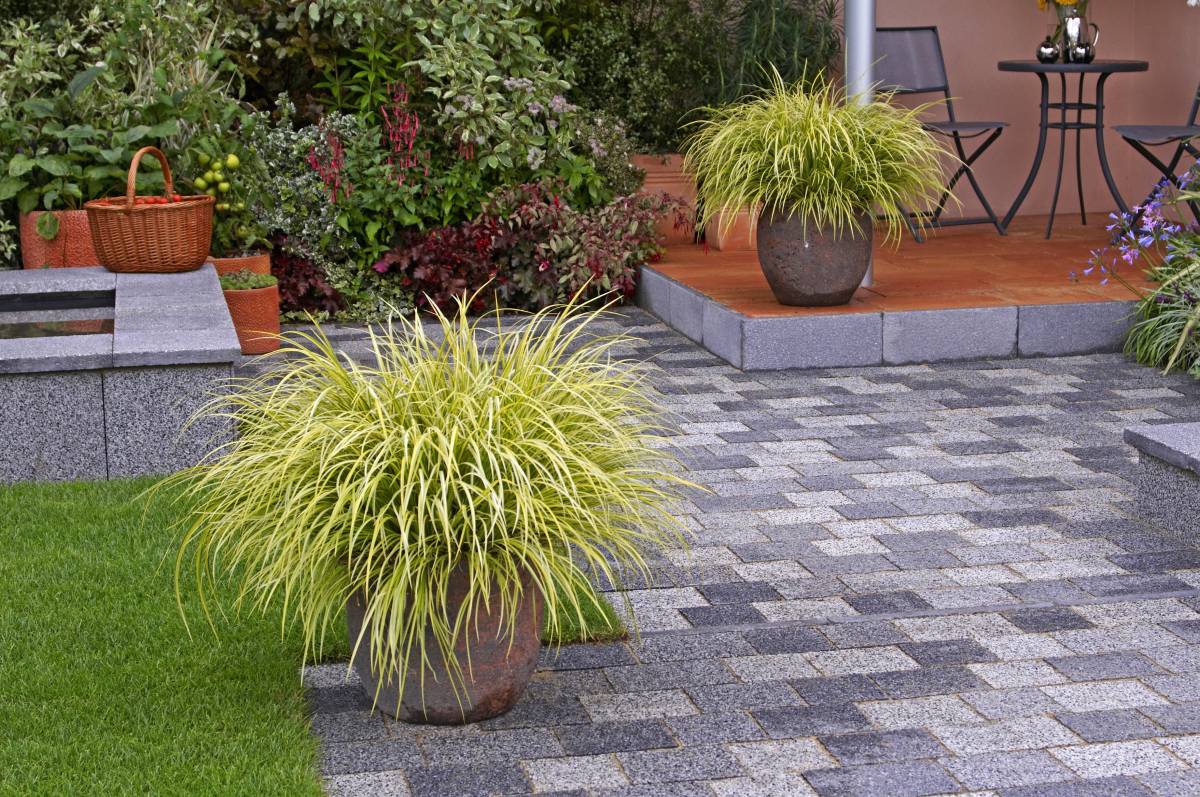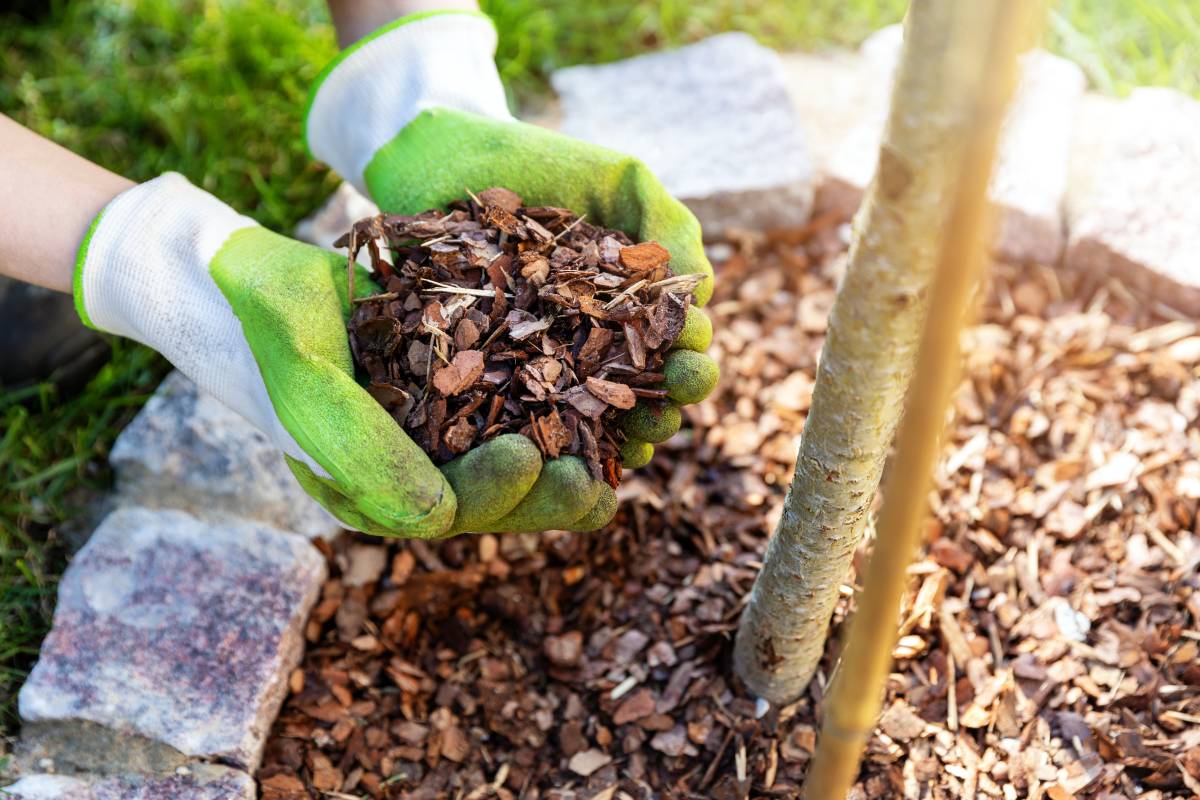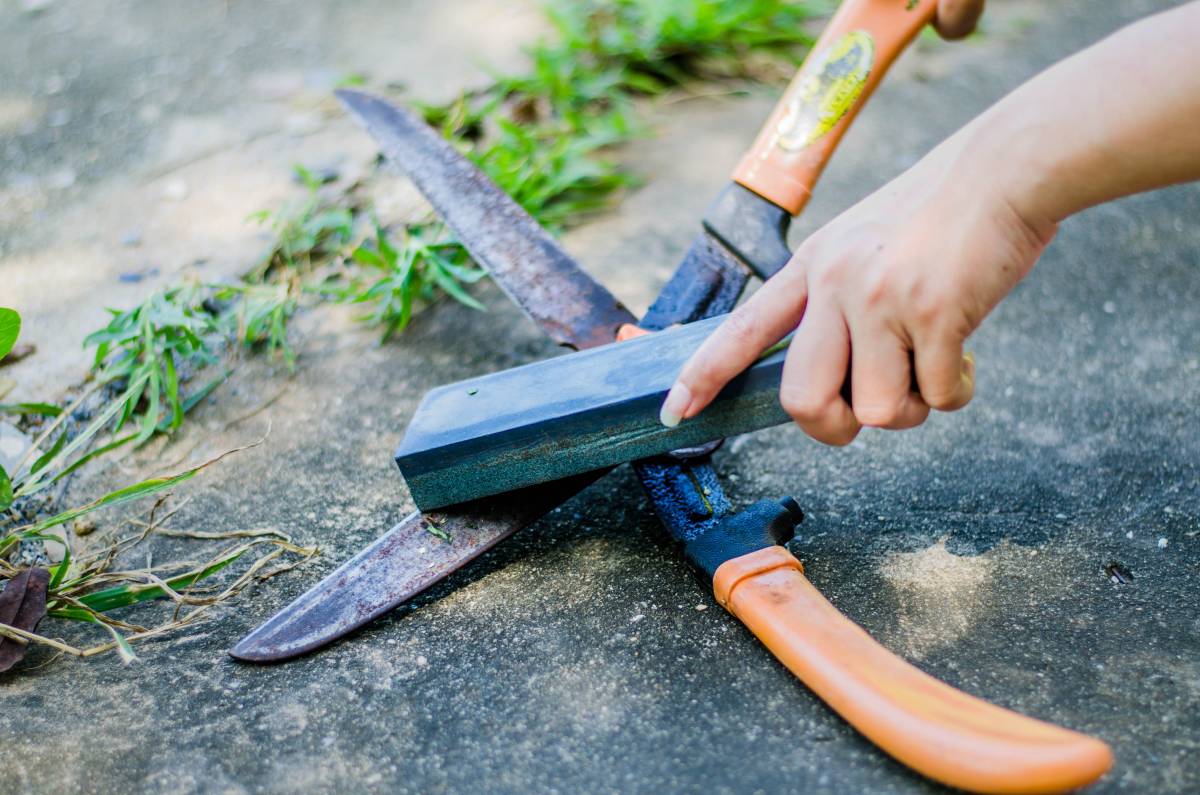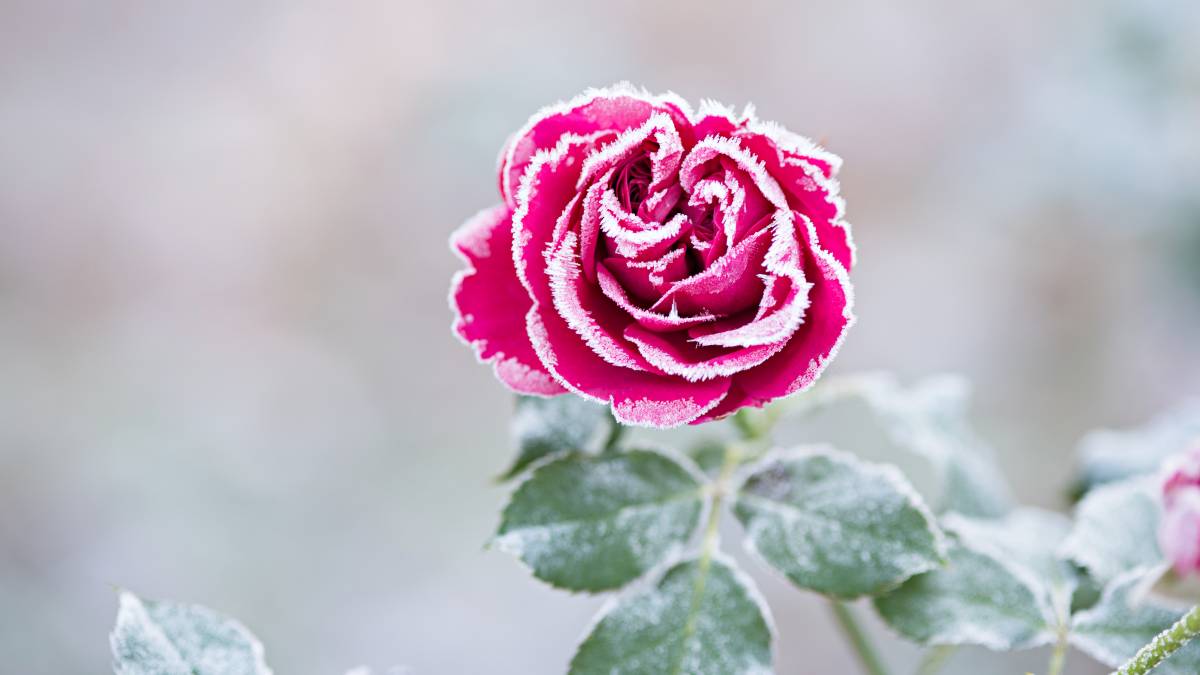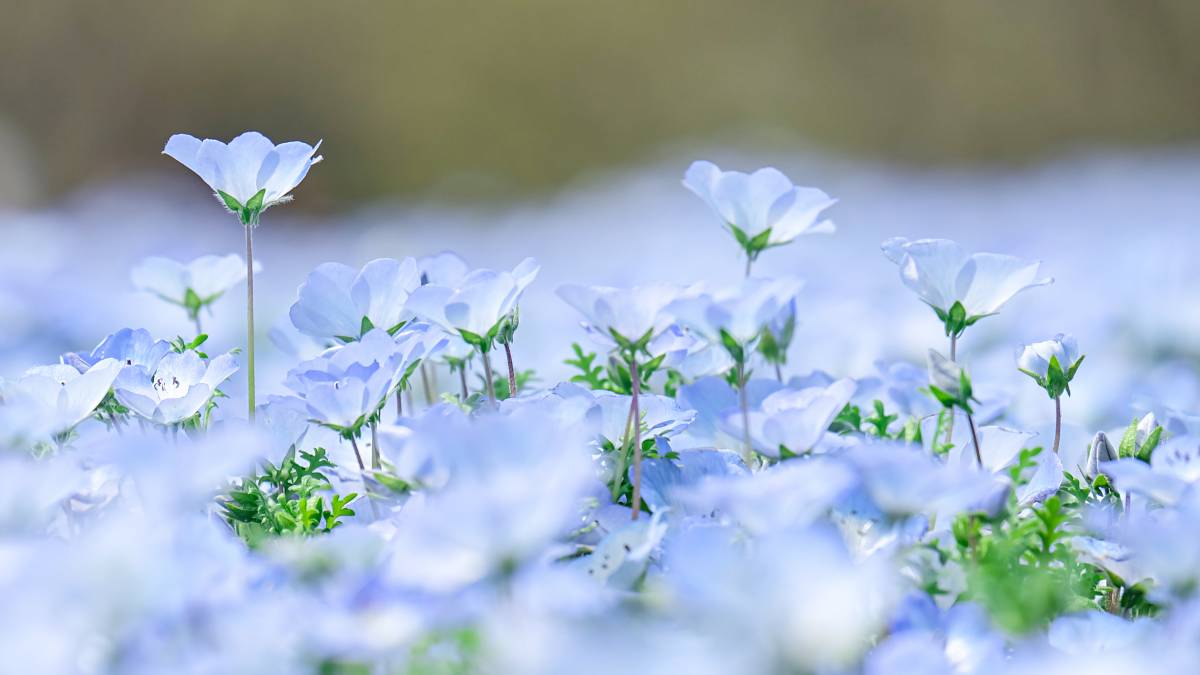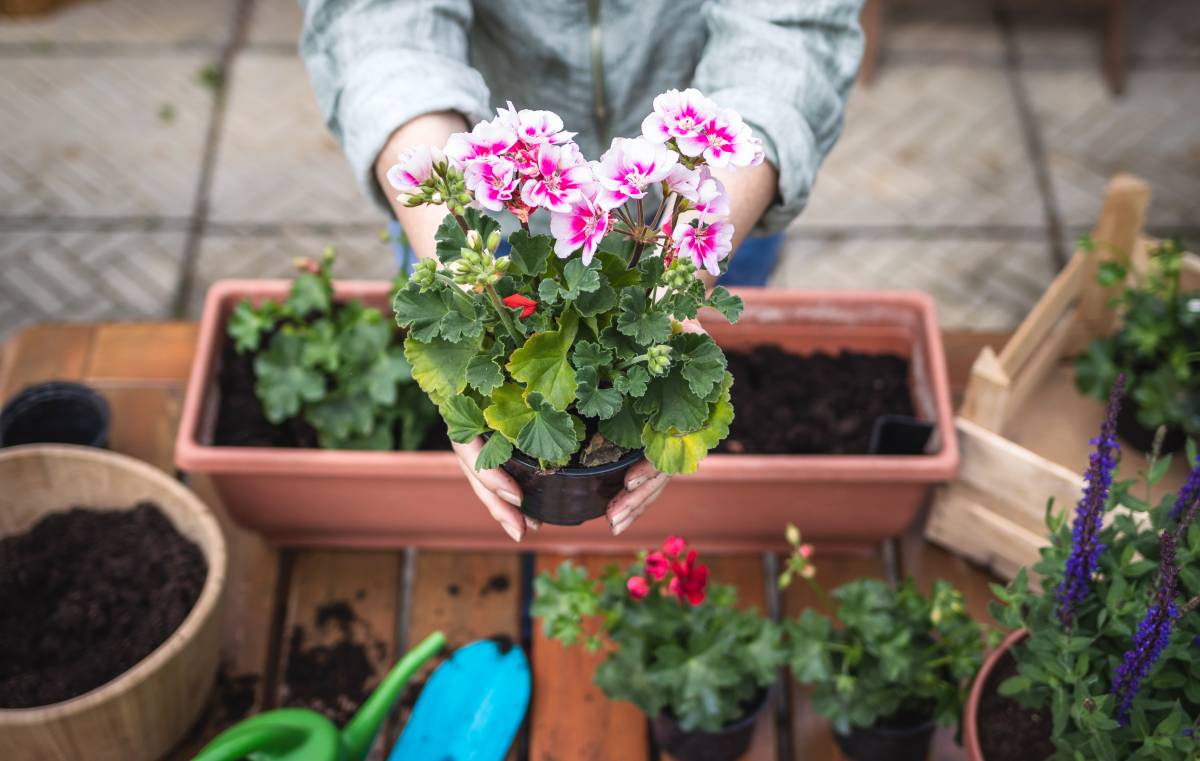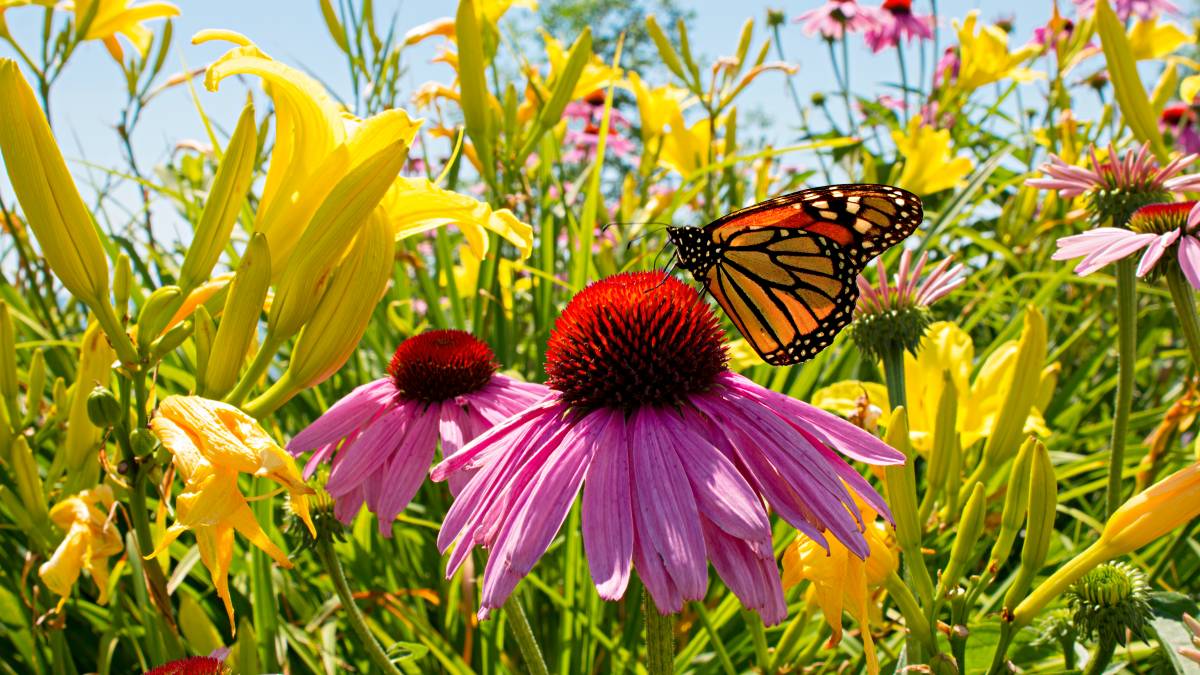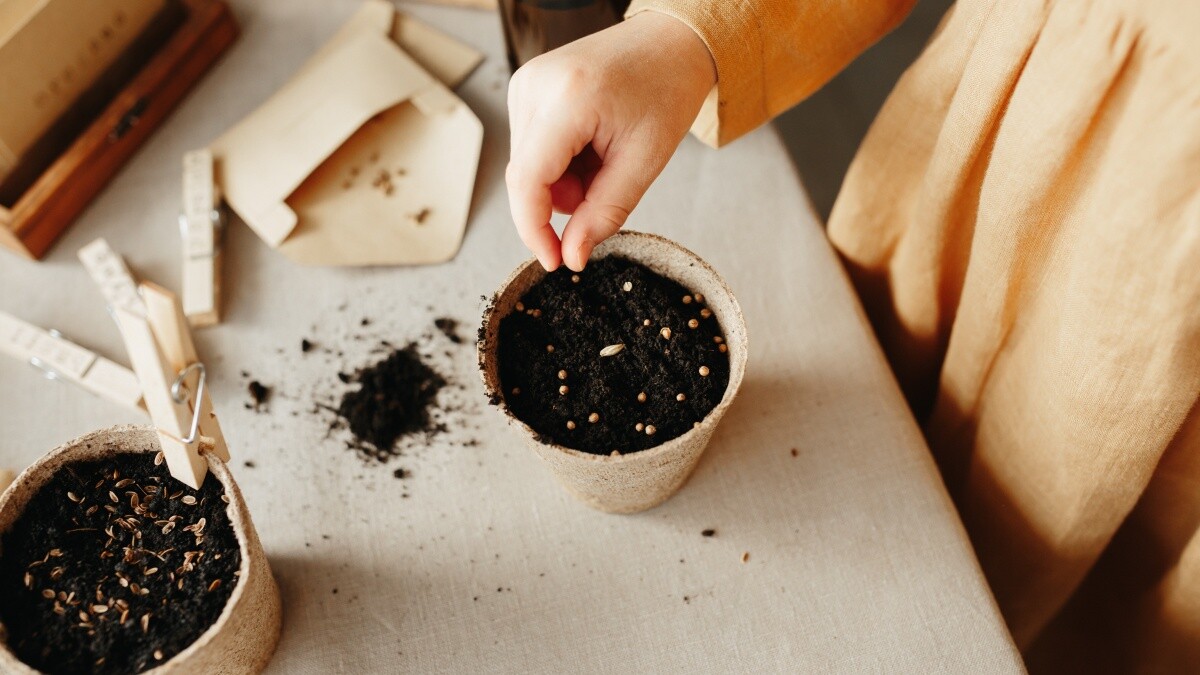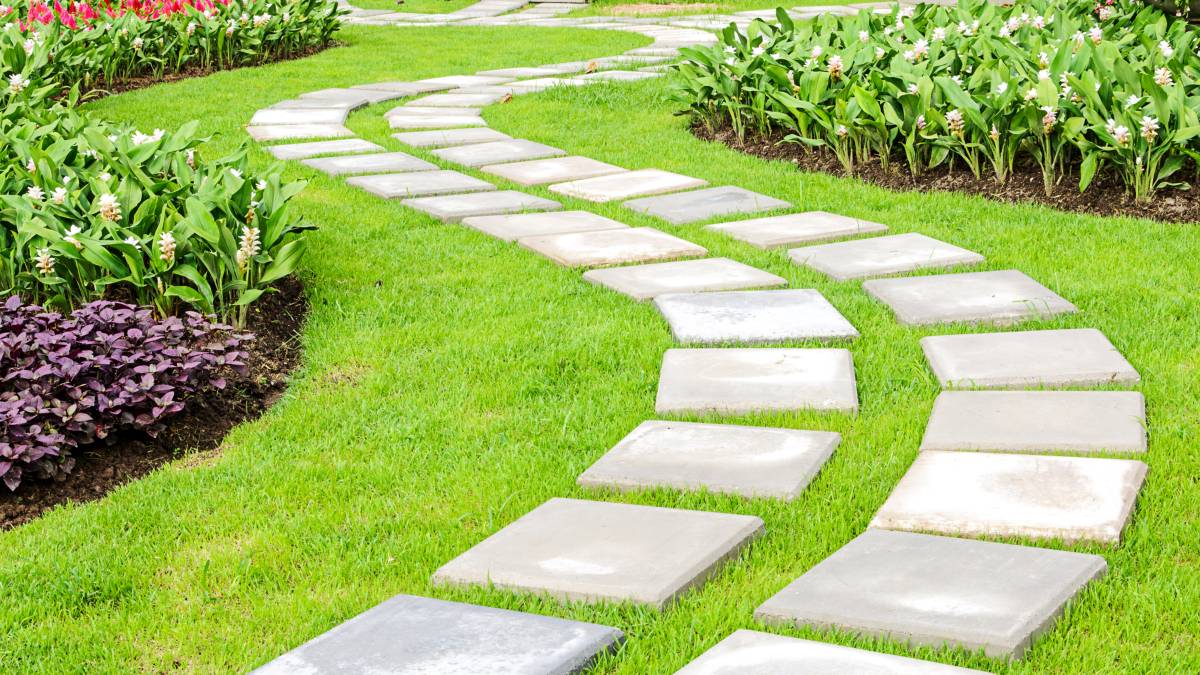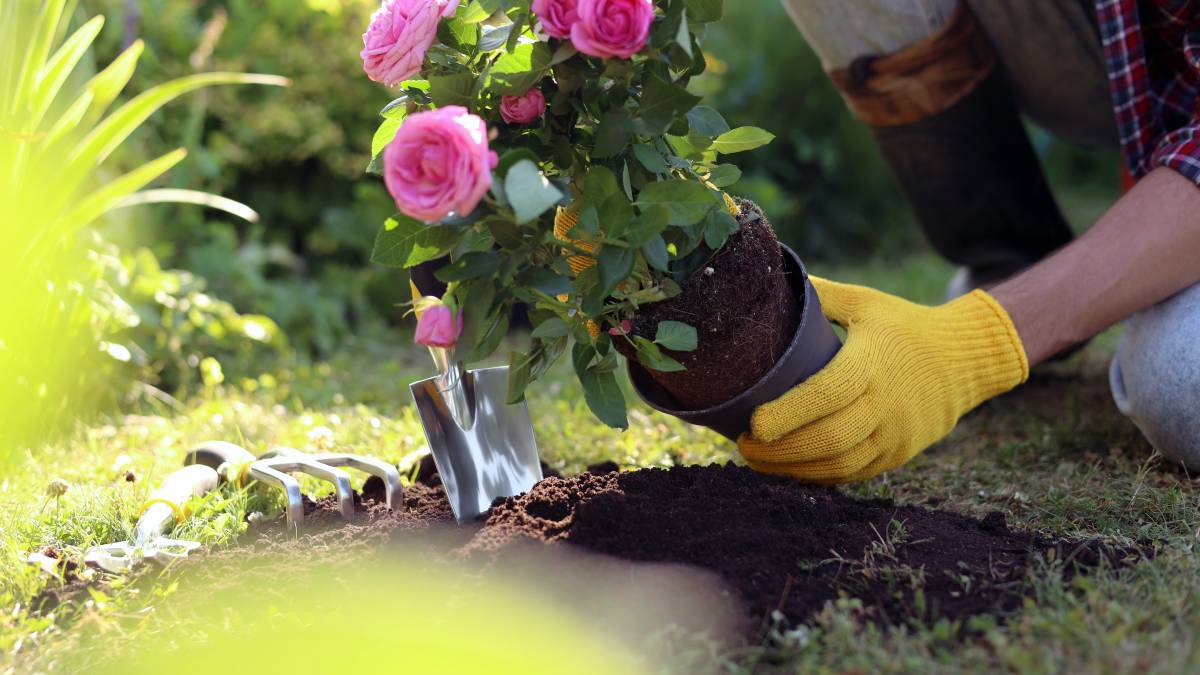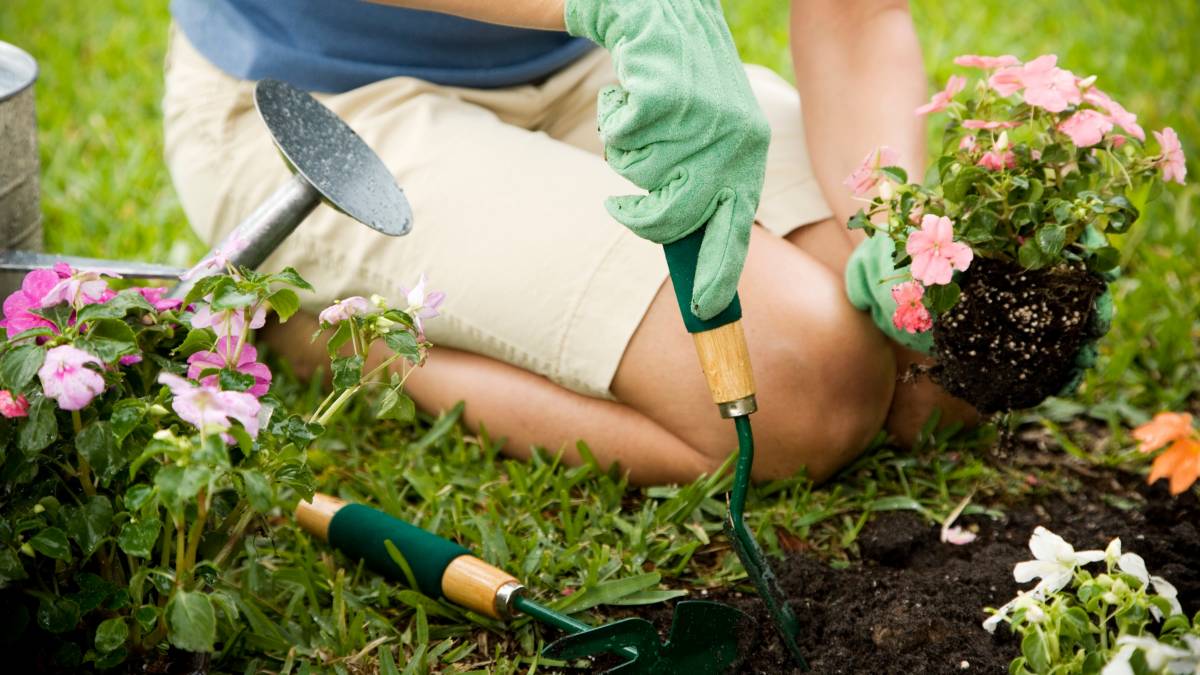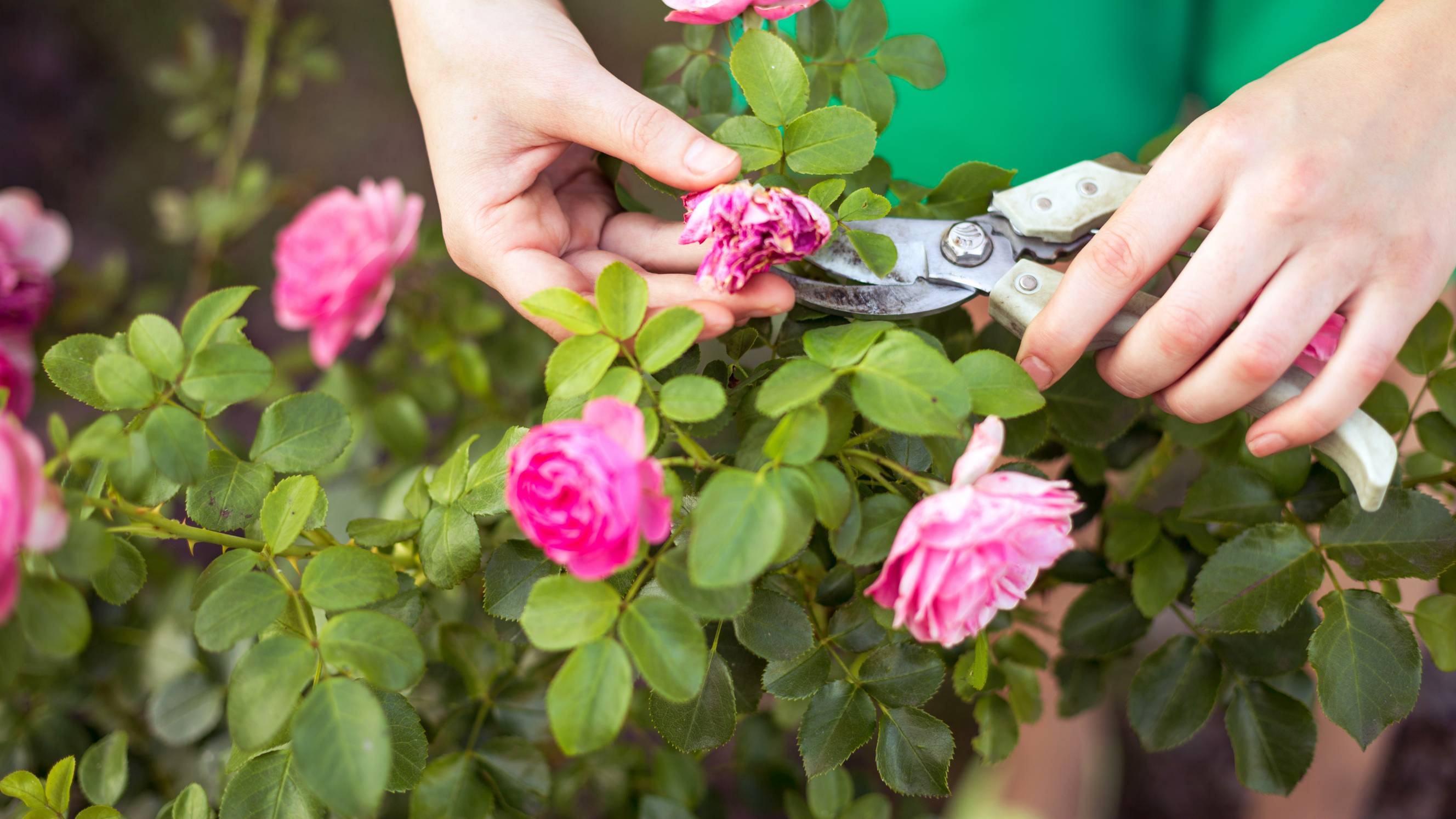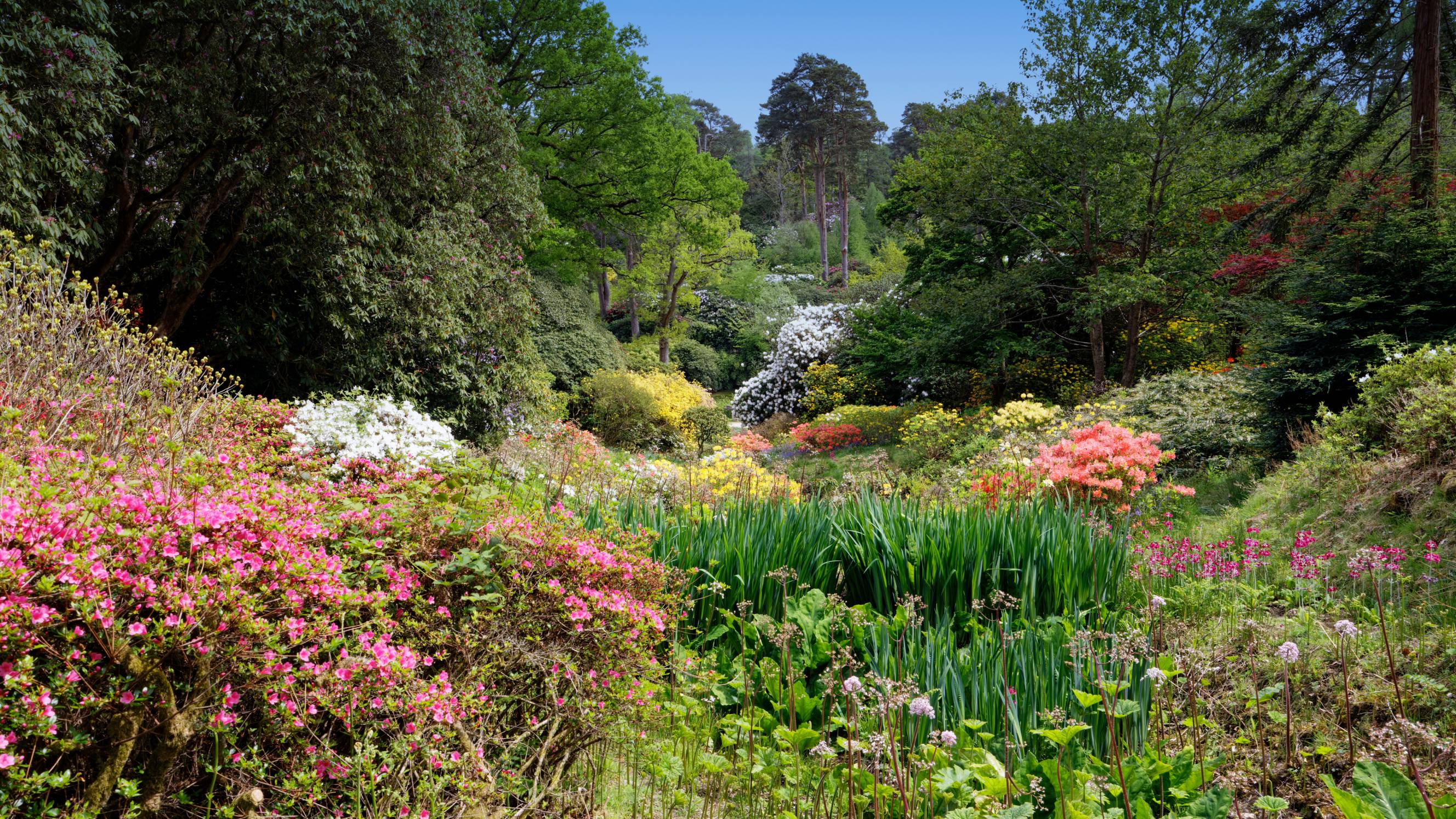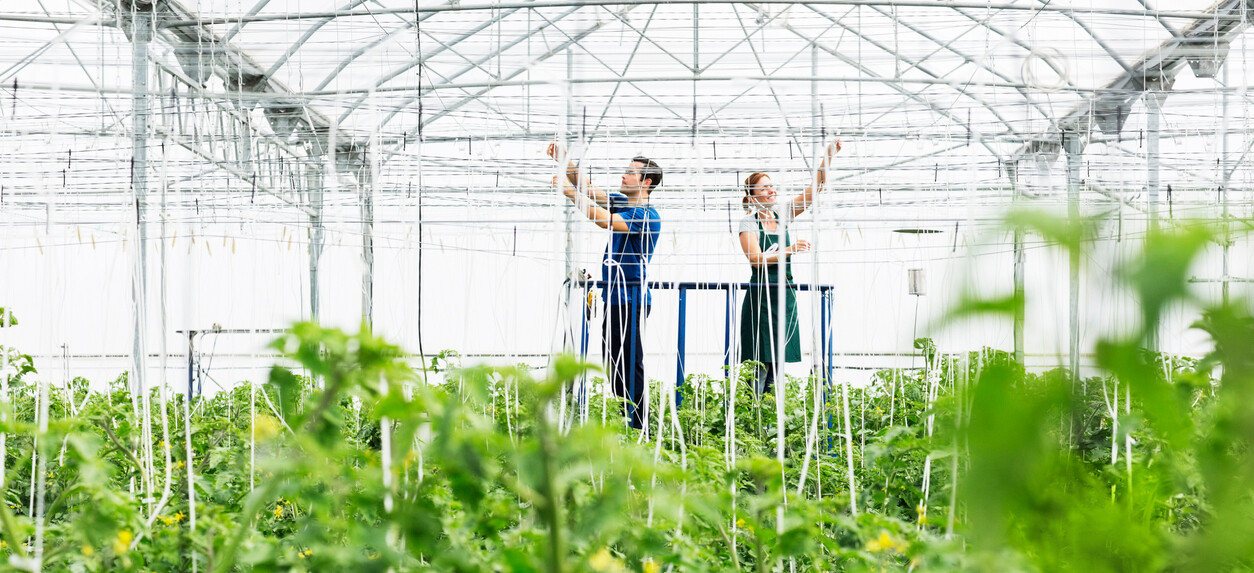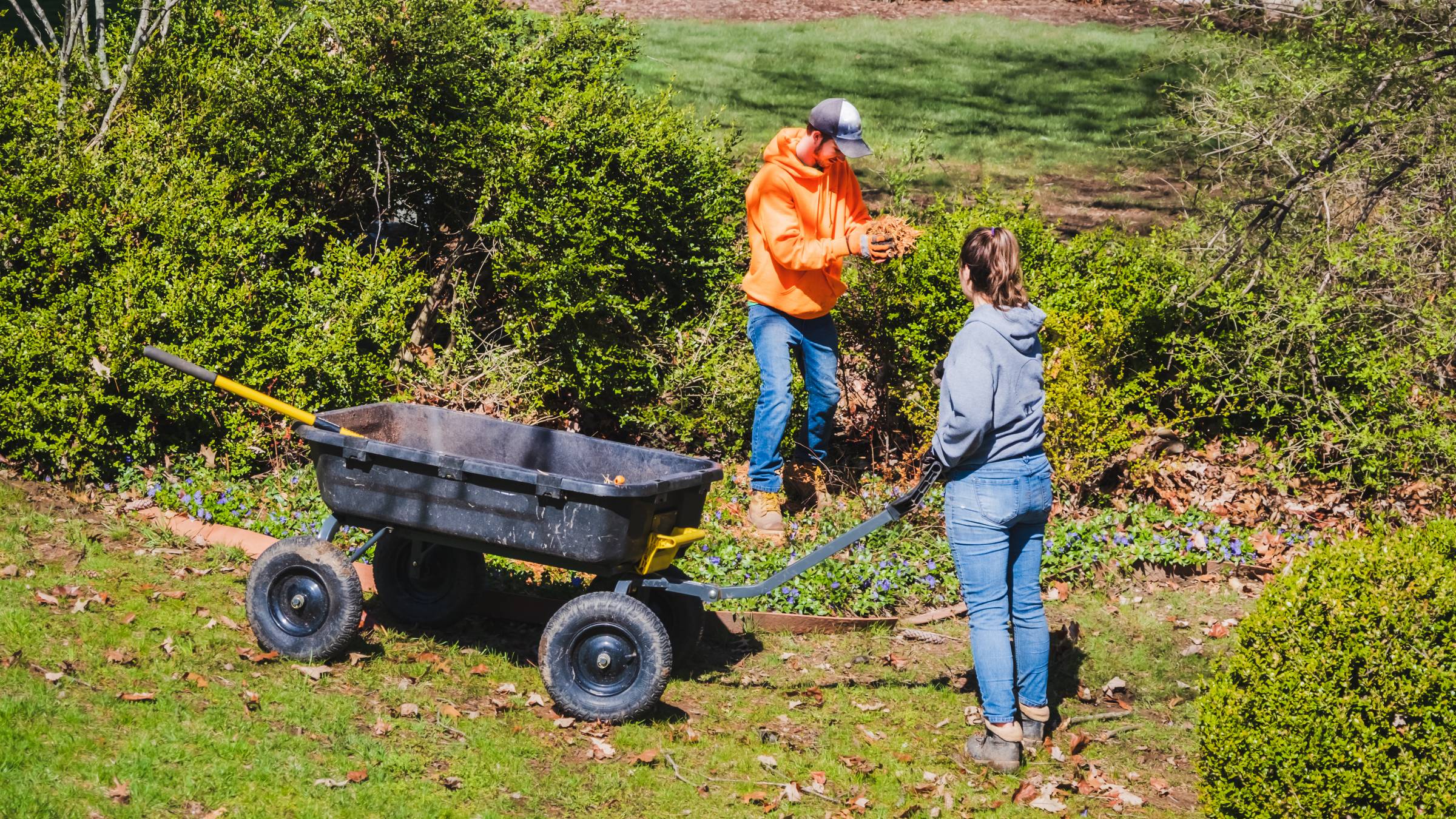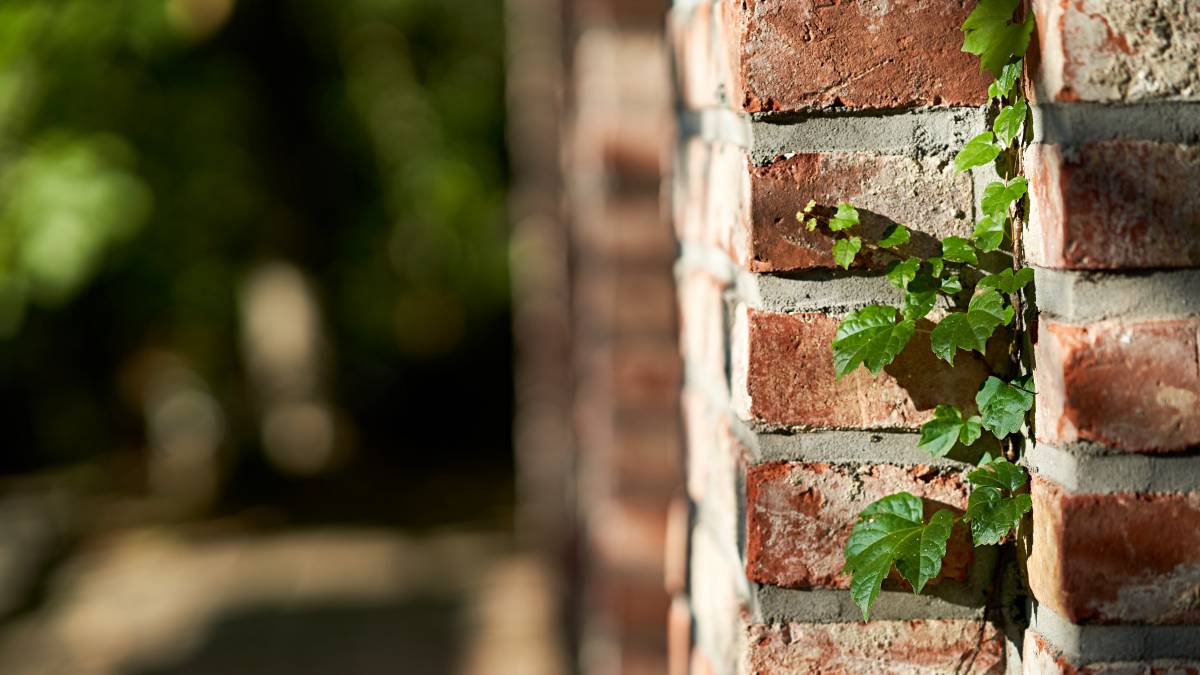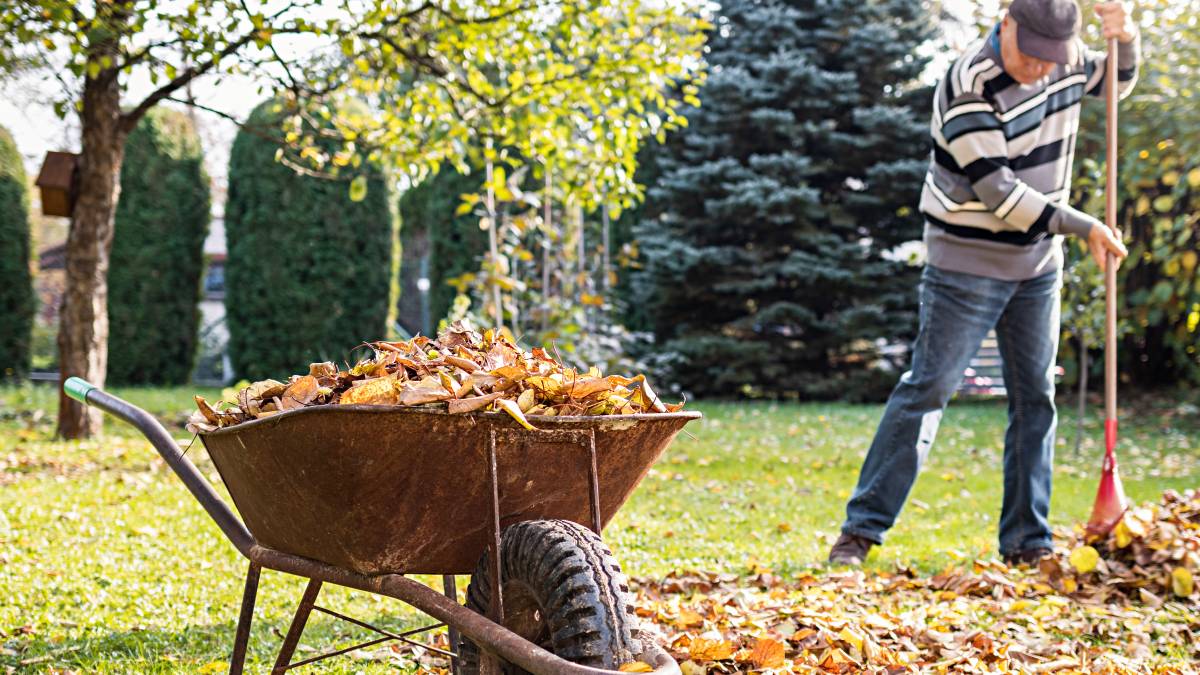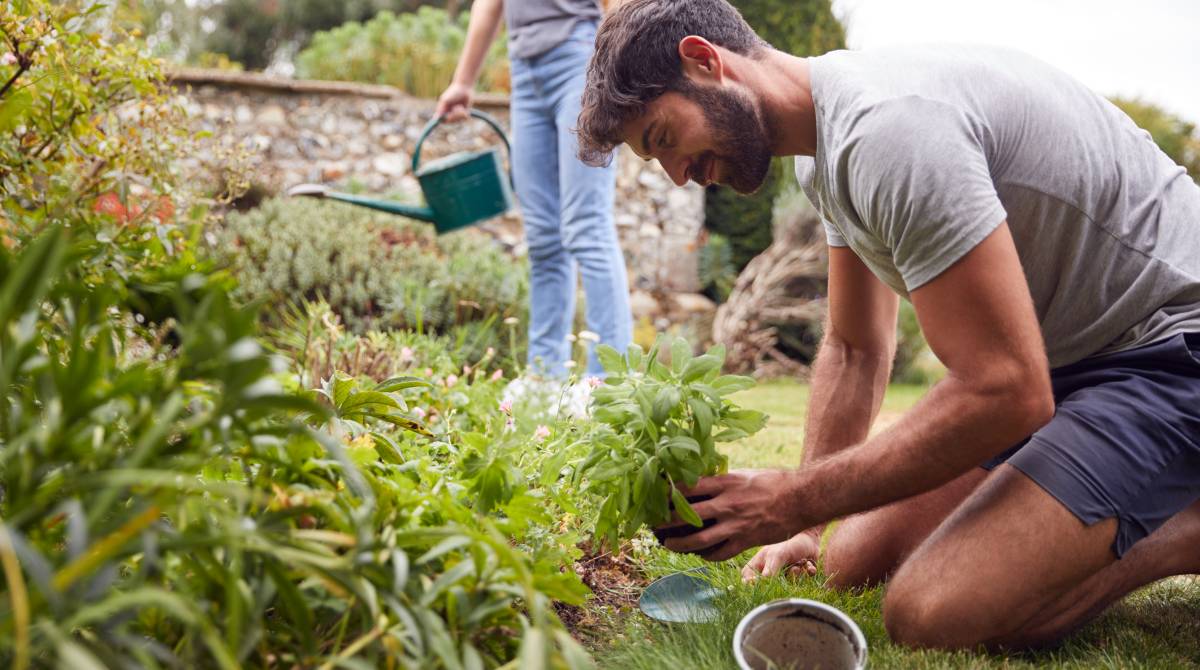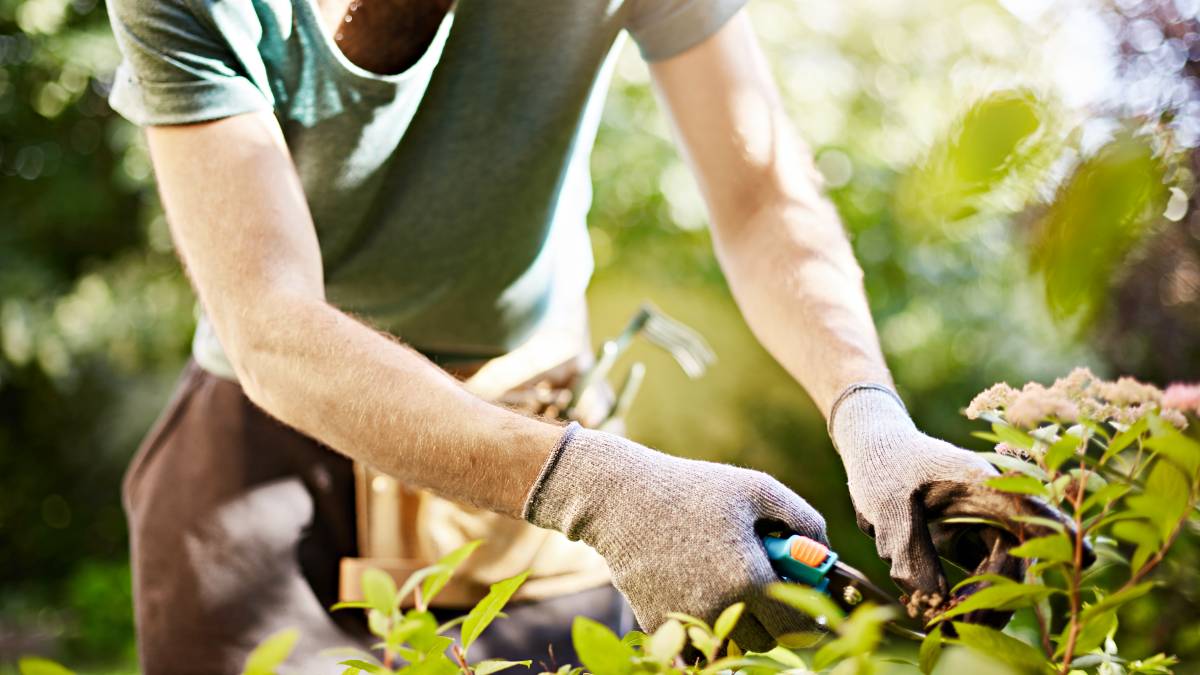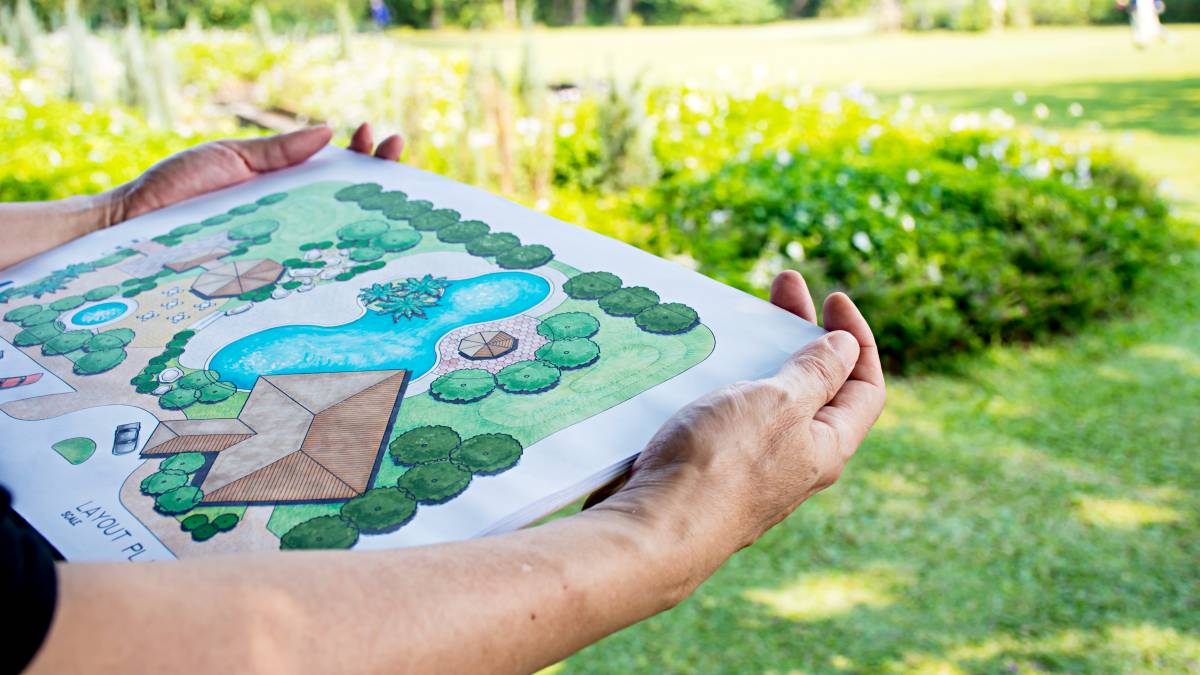- Home/
- Comparisons/
- Gardening/
- Overwatered Plants vs Underwatered

Overwatered vs underwatered plants: How to fix them?
Comparing overwatered and underwatered plants in terms of symptoms, recovery, prevention, and more.
Hire expert gardenersPublished on

Written by Angela A.
Staff Writer
Read more about our contributor
Key Facts
- Overwatered plants are those that receive more water than their roots can absorb, leading to root rot and yellowing leaves.
- Underwatered plants are those that don’t receive sufficient water, causing wilting and brown, crispy edges on leaves.
Are your plants looking a little sad? It might be a water issue. Whether you’re an experienced gardener or just starting out, understanding the delicate balance between too much and too little water is crucial. Not getting the right amount of water may lead to nutrient deficiencies, so it’s essential to identify the problem early.
This guide will help you navigate the common dilemma of overwatered plants vs underwatered plants, so you can ensure your garden thrives again. We’ll dive into the symptoms of both issues and offer tips on how to fix them.
What are overwatered plants?
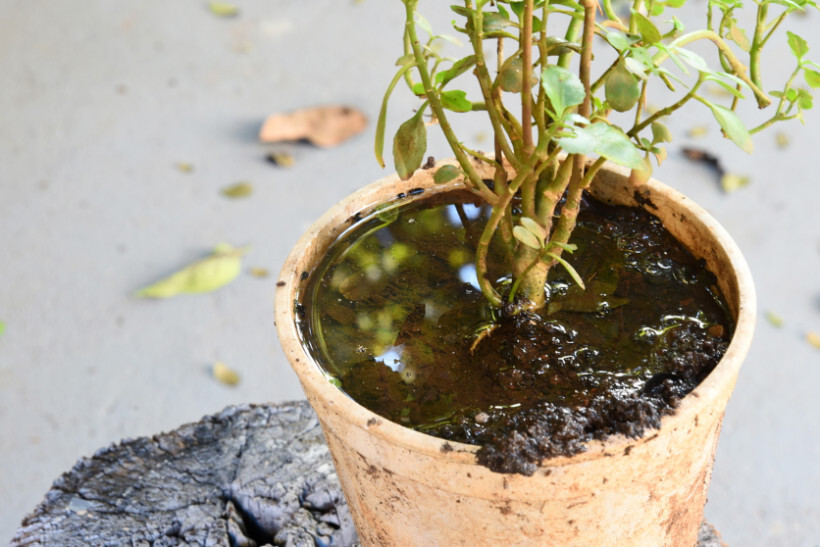 Effects of overwatering on a plant. (Source: iStock)
Effects of overwatering on a plant. (Source: iStock)
Overwatered plants are those that have received more water than their roots can handle. Too much watering drowns the roots and deprives them of the oxygen they need. This leads to root rot, a condition where the roots start to decay due to excessive moisture.
Overwatering seedlings may be particularly harmful since their developing roots are more vulnerable. Missing the mark on watering can stress them out and set back their growth.
What are underwatered plants?
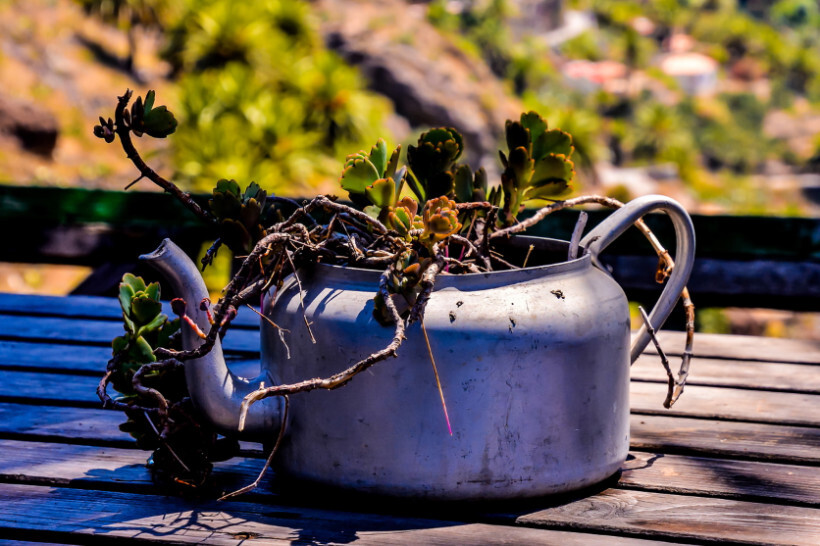 Signs of an underwatered plant. (Source: iStock)
Signs of an underwatered plant. (Source: iStock)
Underwatered plants are crying out for a drink. When plants don’t get enough water, they can’t maintain their structure and start drooping.
If you see wilting during the hottest part of the day, it might just be temporary. However, if it persists even in cooler temperatures, it’s a clear sign you need to water them more consistently.
Overwatered vs underwatered plants: Symptoms, solutions, and prevention tips
So, how can you tell if you’re overwatering or underwatering your plants? It can be tricky since some symptoms can overlap. But don’t worry. We’ve got you covered.
Here, we’ll look into the key factors you need to consider. We’ll look at symptoms, solutions, and preventative measures to help you out. It doesn’t matter if you have a plant that’s easy to grow or a more sensitive one. Let’s make sure your plants thrive, not just survive!
In terms of visual symptoms
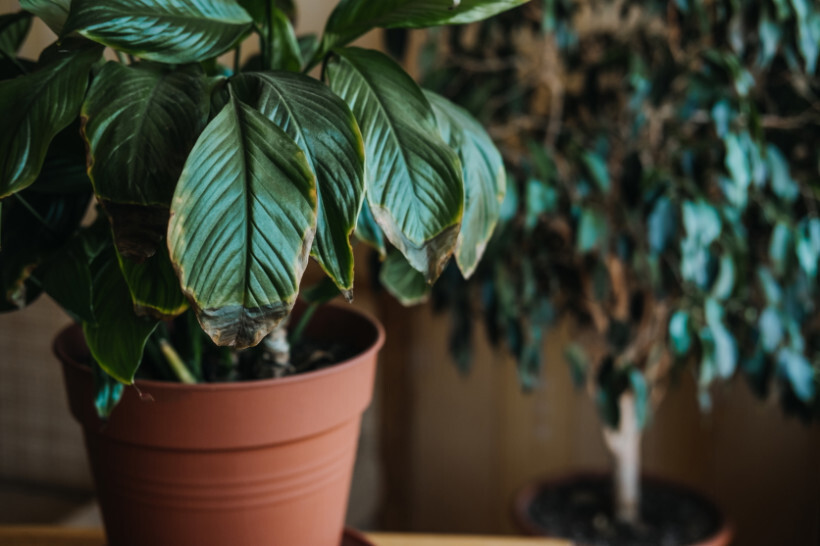 A plant suffering from disease. (Source: iStock)
A plant suffering from disease. (Source: iStock)
When it comes to overwatered plants signs, one of the most telling clues is the appearance of yellowing leaves starting from the bottom and moving upwards. These yellow leaves often look limp and wilted, even though the soil seems moist to the touch. On closer inspection, you might also find brown spots on the leaves of indoor plants, especially around the tips and edges, which further indicate water-related stress.
In contrast, underwatered plants will have dry, crispy leaves that look scorched and shrivelled. The leaves might curl at the edges and exhibit an overall droopy appearance, indicating that the plant is gasping for hydration. Another visual clue is the soil itself—it’ll often pull away from the sides of the pot.
In terms of soil moisture levels
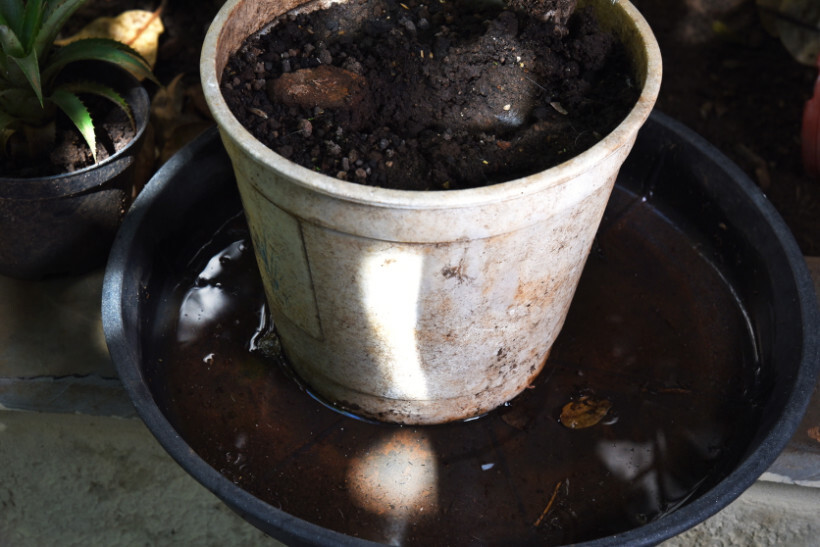 Overly moist soil in a plant pot. (Source: iStock)
Overly moist soil in a plant pot. (Source: iStock)
When assessing soil moisture levels, overwatered plants often have a potting mix or garden soil that feels constantly wet and soggy. This over-saturation prevents roots from accessing much-needed oxygen, which then leads to root rot and other fungal issues.
Conversely, the soil of underwatered plants is usually bone-dry, crumbly, and lacking moisture. The soil will often separate from the sides of the pot, creating air gaps that further dry out the plant. This condition calls for deep watering, which encourages roots to go deep down in the soil to where it is moist and a lot cooler, ensuring the plant’s hydration.
Maintaining the right soil moisture balance is critical, and employing a controlled drip irrigation system can make a significant difference. This system helps deliver small, consistent amounts of water right at the root zone, so there’s less risk of overwatering or underwatering. The average cost of installation is $200, but it’s an excellent long-term investment for your plants and garden.
In terms of root health
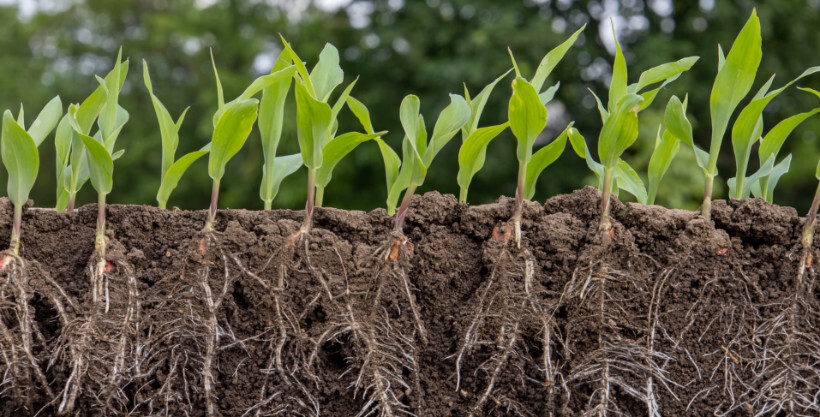 The roots of young plants. (Source: iStock)
The roots of young plants. (Source: iStock)
Overwatering plants can have detrimental effects on the roots. The abundance of water in the soil stifles the roots and suffocates them. Fungal growth often takes hold, further compromising the plant’s ability to absorb nutrients.
In stark contrast, underwatered plants grapple with insufficient hydration. Their roots often struggle to penetrate the parched soil, so they eventually become weak and brittle. This makes them more susceptible to disease and environmental stressors.
In essence, a healthy root system thrives with balanced moisture. While overwatering plants leads to a waterlogged environment, an even and consistent watering approach nurtures robust root development.
In terms of environmental factors
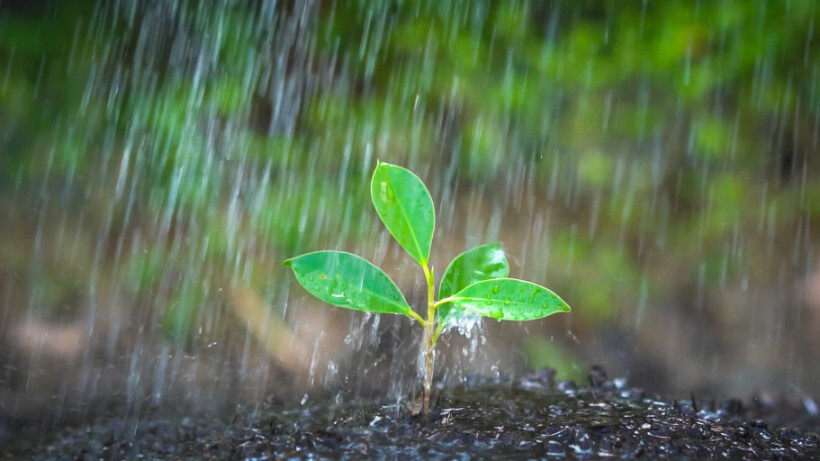 A plant enduring heavy rains. (Source: iStock)
A plant enduring heavy rains. (Source: iStock)
When it comes to environmental factors, both overwatered and underwatered plants experience unique challenges. As mentioned above, overwatered plants tend to develop root rot, especially in climates with high humidity. This rot makes them more vulnerable to pest infestations and creates a continuous cycle of issues.
On the other hand, areas with scarce rainfall and dry winds worsen the problems of underwatered plants. Their struggle for moisture intensifies, so it’s even harder to survive in arid conditions. That’s why, your garden maintenance checklist should account for these environmental nuances to foster a thriving garden.
Balancing these environmental factors is crucial for maintaining a healthy, vibrant garden. Remember to adapt your watering routine based on the current weather and soil conditions. This approach will ensure your plants get the right amount of hydration, no matter the season.
In terms of recovery methods
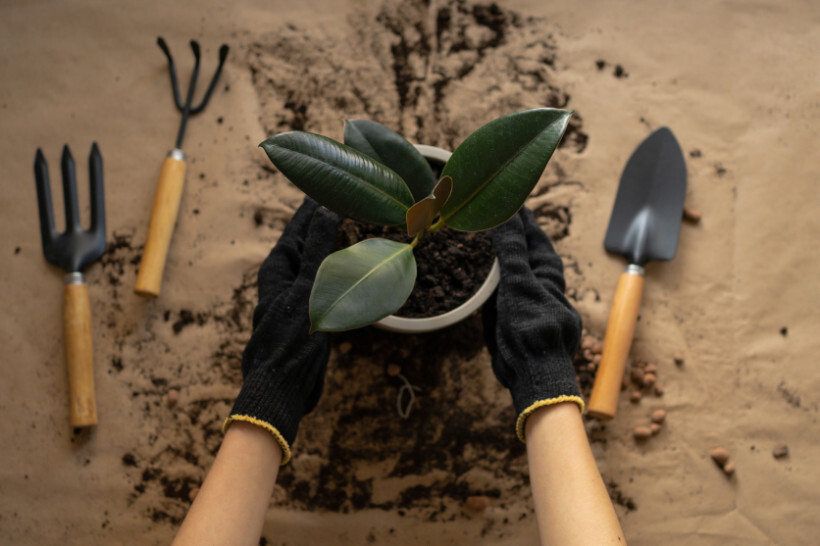 Repotting a plant into a new home. (Source: iStock)
Repotting a plant into a new home. (Source: iStock)
Even when you find that your plants have been over or underwatered, it’s often not too late to save them. There are several recovery methods that can help revive your struggling plants and get them back on track.
When figuring out how to fix overwatered plants, you need to first dig them up gently and examine the roots. If you spot mushy or black roots, trim them back to healthy, white tissue. Repotting in fresh, well-draining soil often gives the plant a second chance it desperately needs.
Underwatered plants require a slow, deep watering process to revive their parched roots. You shouldn’t just dump water on them. Instead, let the soil soak up moisture gradually. This method ensures the plant’s roots can absorb water without getting overwhelmed.
For overwatered plants, it’s also crucial to improve soil aeration to prevent further root issues. You can use tools to gently poke holes in the soil and make it easier for air to reach the roots.
Underwatered plants, on the other hand, often benefit from mulching because it helps the soil retain moisture longer. By adding organic mulch around the base, you create a more hospitable environment for the plant’s roots. This technique cuts down on the frequency of watering needed and secures a more stable moisture level.
Here are other things you can do for overwatered plants:
reducing humidity around the affected area
moving the plants to a well-ventilated spot
allowing excess moisture to evaporate.
Meanwhile, misting underwatered plants can give them the extra humidity they lack. A regular, light misting routine keeps the foliage hydrated and less stressed. Consistency is key, so do this in the cooler parts of the day to maximise efficiency.
Lastly, never underestimate the power of pruning both types of plants. For overwatered plants, removing excess foliage lessens the strain on the damaged roots. With underwatered plants, trimming back can focus the plant’s energy on the healthier sections and promote overall recovery.
In terms of prevention
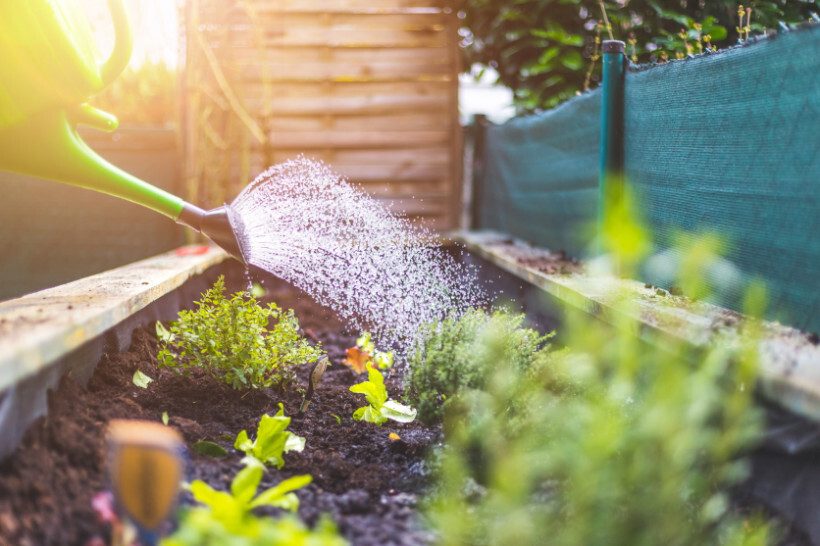 Watering plants in a raised bed. (Source: iStock)
Watering plants in a raised bed. (Source: iStock)
Preventing overwatering involves adjusting your watering schedule to the plant’s specific needs. Always check the soil moisture before watering to ensure it isn’t already saturated. It’s also beneficial to choose well-draining soil types to facilitate proper water flow and reduce risks.
Underwatering can be avoided by setting up a consistent watering routine that matches the plant species’ requirements. You can either set reminders or use smart watering technology to help keep you on track year-round.
Investing time in learning each plant’s hydration needs can save you from frequent maintenance issues as well. You can even adopt eco-friendly gardening tips by researching the optimal soil type and the right mulch for each plant. Planning your garden layout to position thirstier plants where they can easily be watered can also cut down on wastage and effort.
However, if you’re really busy, you can consider hiring a professional gardener to help you maintain your plants. From just $40 to $60 per hour, on average, you can enjoy your garden without worrying about plant care.
Entrust your garden to experienced gardeners with Airtasker
Leaving your garden care to a professional can save you from the headache of managing overwatering or underwatering problems. They can handle all your gardening needs, from assessing soil moisture levels to implementing the perfect watering schedule for each plant species.
Fortunately, just by posting a task on Airtasker, you can easily connect with these experienced gardeners who have the know-how to maintain your plants. These experts can provide valuable insights and services like garden planting and lawn seeding to ensure that your plants always receive the right amount of water (and care!).
Don’t let your garden suffer any longer. Post a task today and meet skilled Taskers who’ll help your garden blossom!
Learn more about our contributors

Written by Angela A.
Staff Writer
Angela Apolonio is an experienced writer with a Biology background. She writes about home tips, car upkeep, gardening hacks, and food facts, bringing a unique blend of science and practicality to her work. As a wife and a mother, she knows the value of iron-clad routines, so she's passionate about sharing what works for her with everyone else. She loves making everyday life simpler and helping readers find fresh ideas to bring more joy into their spaces.
Side-by-side comparison
| Overwatered plants |
Underwatered plants |
|
|---|---|---|
| Visual Symptoms |
Yellowing, limp leaves, brown spots on tips and edges |
Dry and crispy leaves, curled edges, overall droopy appearance |
| Soil Moisture Levels |
Soil feels constantly wet and soggy |
Soil is bone-dry, crumbly, often separating from the pot’s sides |
|
Root Health |
Roots are often mushy or black due to rot and fungal growth |
Roots are weak, brittle, and struggle |
|
Environmental Factors |
High humidity worsens root rot and fungal growth; susceptible to pest infestations |
Dry winds and scarce rainfall intensify moisture struggle, making survival harder |
|
Recovery Methods |
Trim mushy roots, improve soil aeration, reduce humidity, and provide more ventilation |
Deep watering, gradual soil moisture replenishment, mulching, and consistent watering |
| Prevention | Adjust watering schedule, check soil moisture before watering, and use well-draining soil | Set a consistent watering routine, use smart watering systems, and position plants for easy watering |
FAQs on overwatered and underwatered plants
Overwatered plants can often recover on their own if you allow the soil to dry out completely and adjust your watering schedule.
Treat brown spots by adjusting watering habits, ensuring proper sunlight, and checking for pests or diseases.
Too much water usually occurs when the soil is consistently soggy or waterlogged. This prevents oxygen from reaching the roots.
Find gardeners, fast
Post a task
Related articles
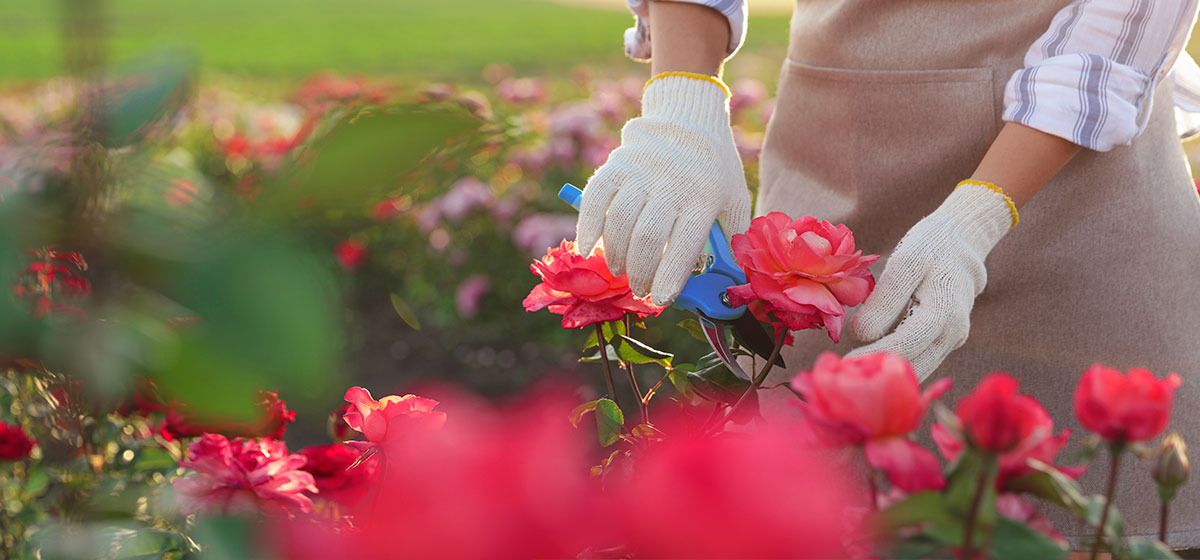
How to prune roses the right way
Read more
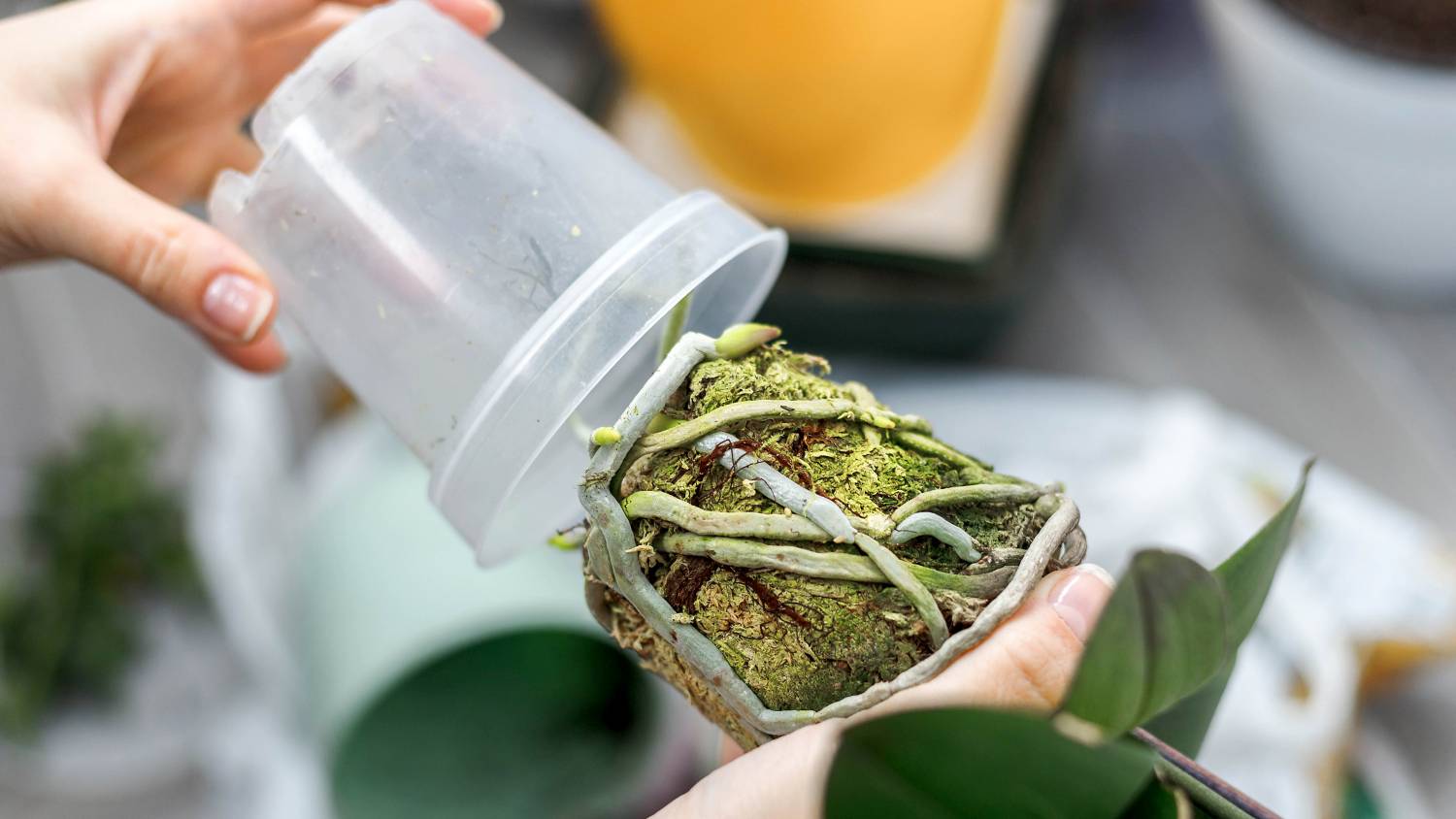
Learn how to repot an orchid
Read more
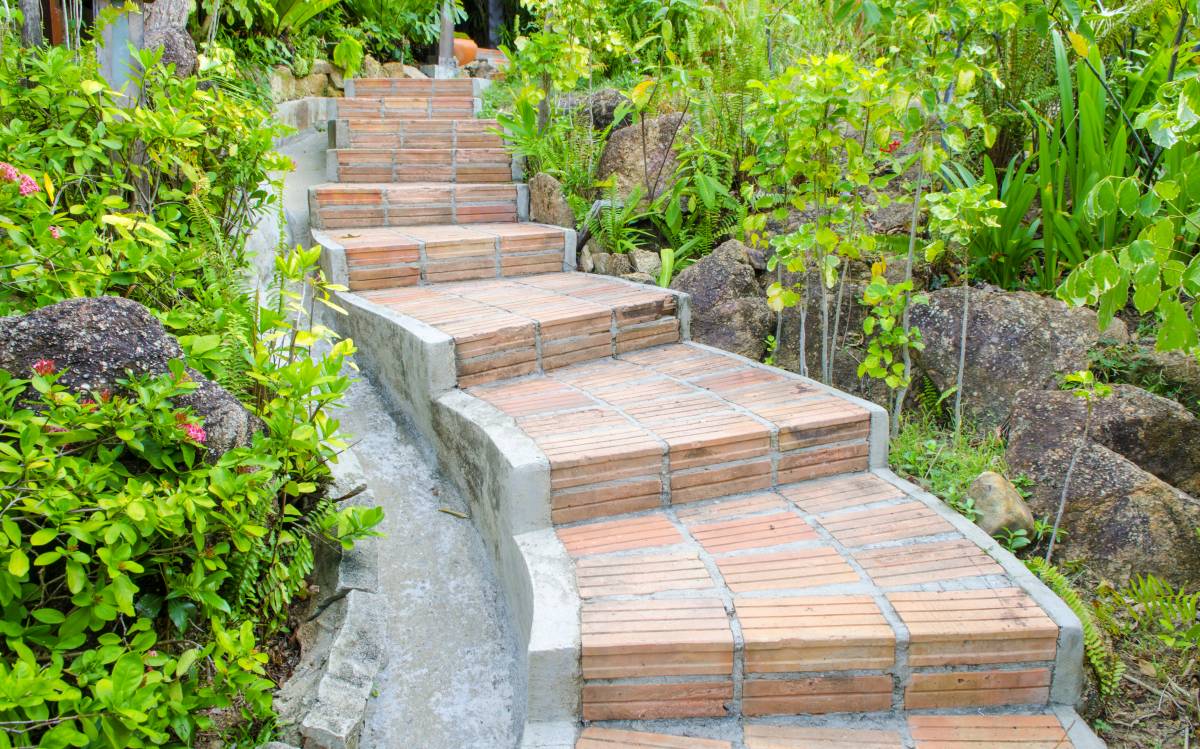
How to build garden steps
Read more
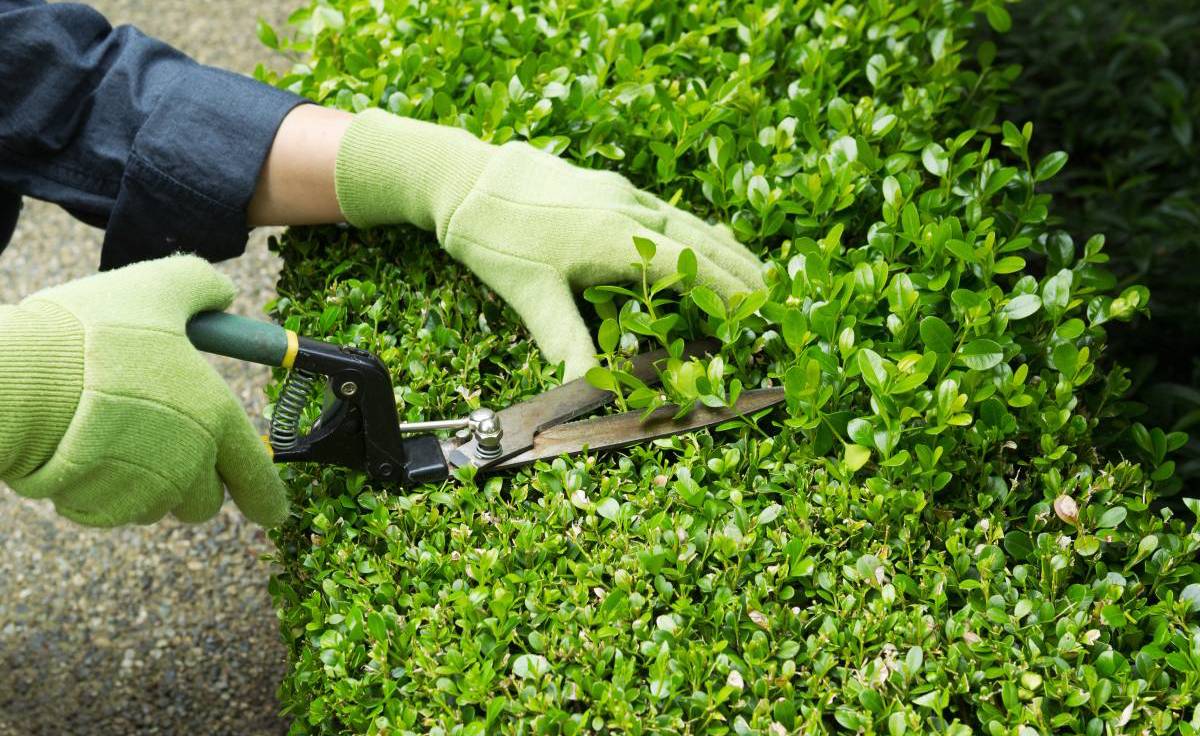
How to trim bushes the right way
Read more

13 best spring gardening tips
Read more
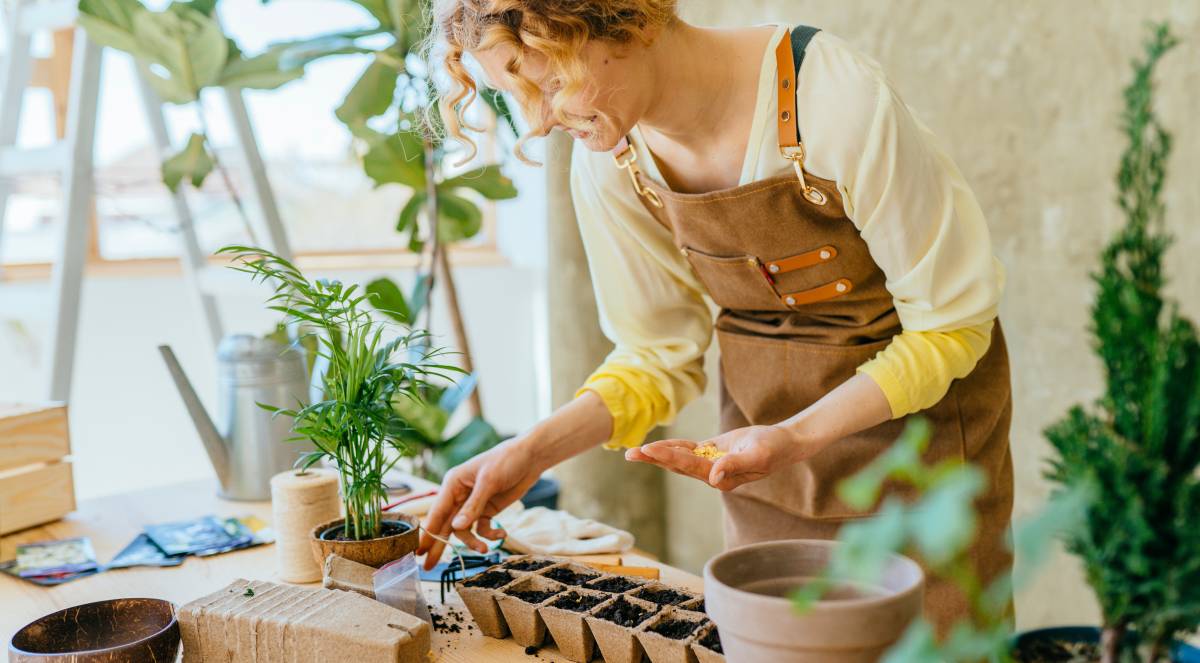
25 ways to make money gardening
Read more
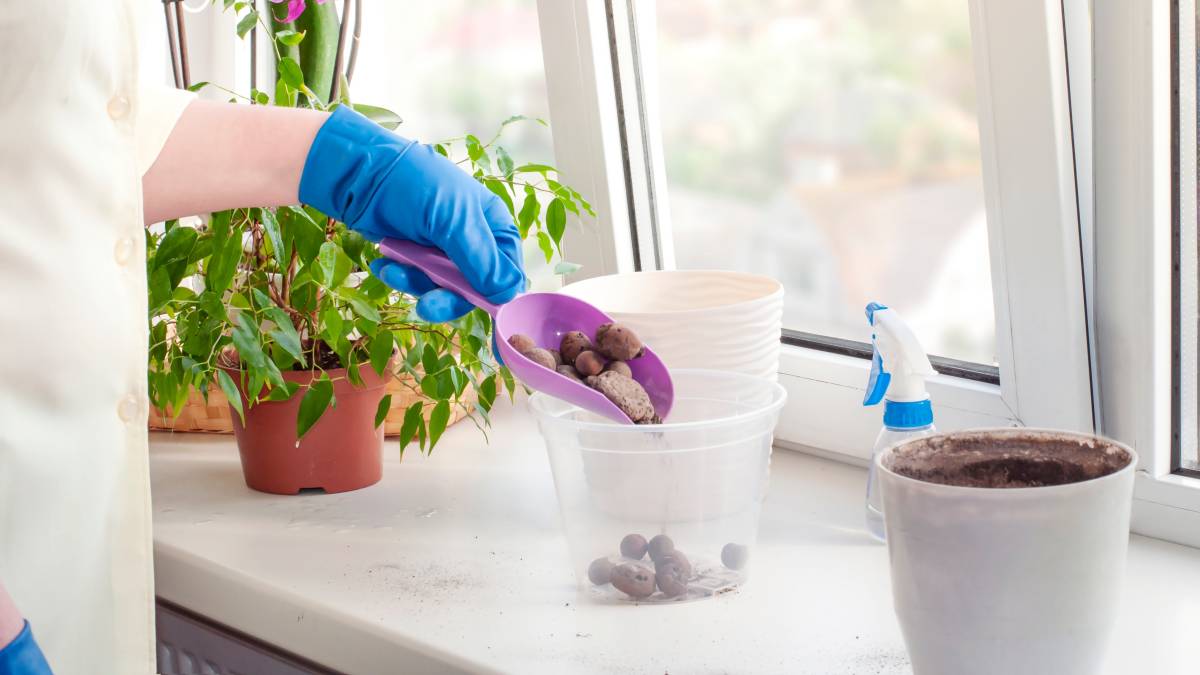
36 Quirky plant pot ideas you’ll love
Read more
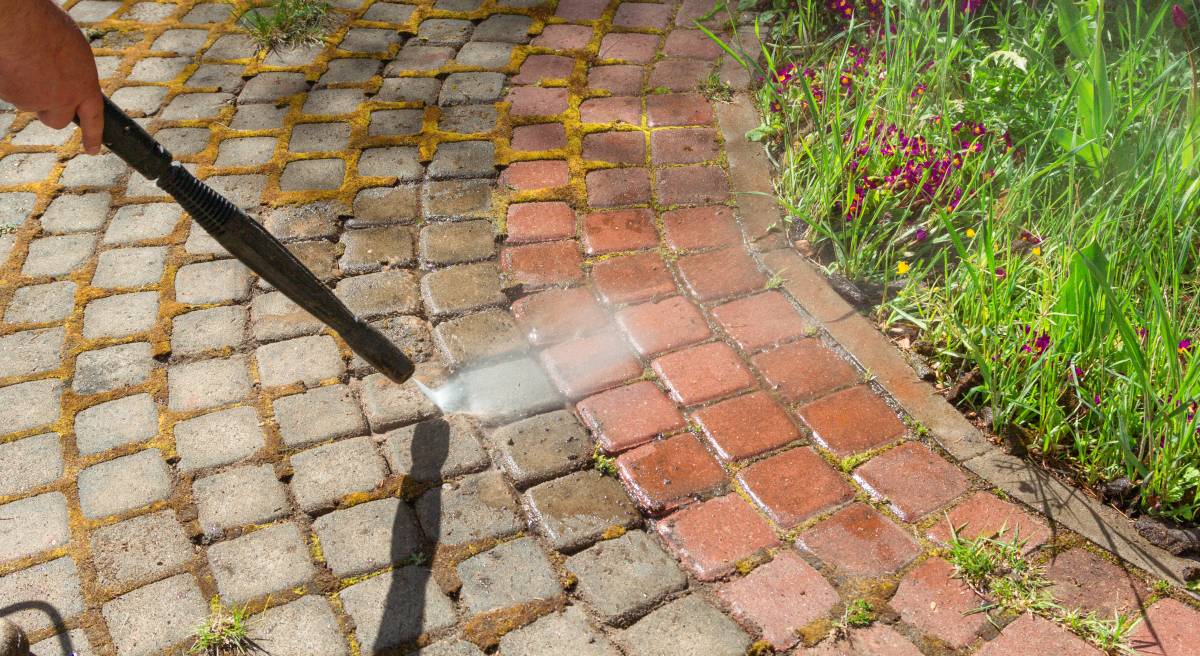
How to clean garden rocks
Read more
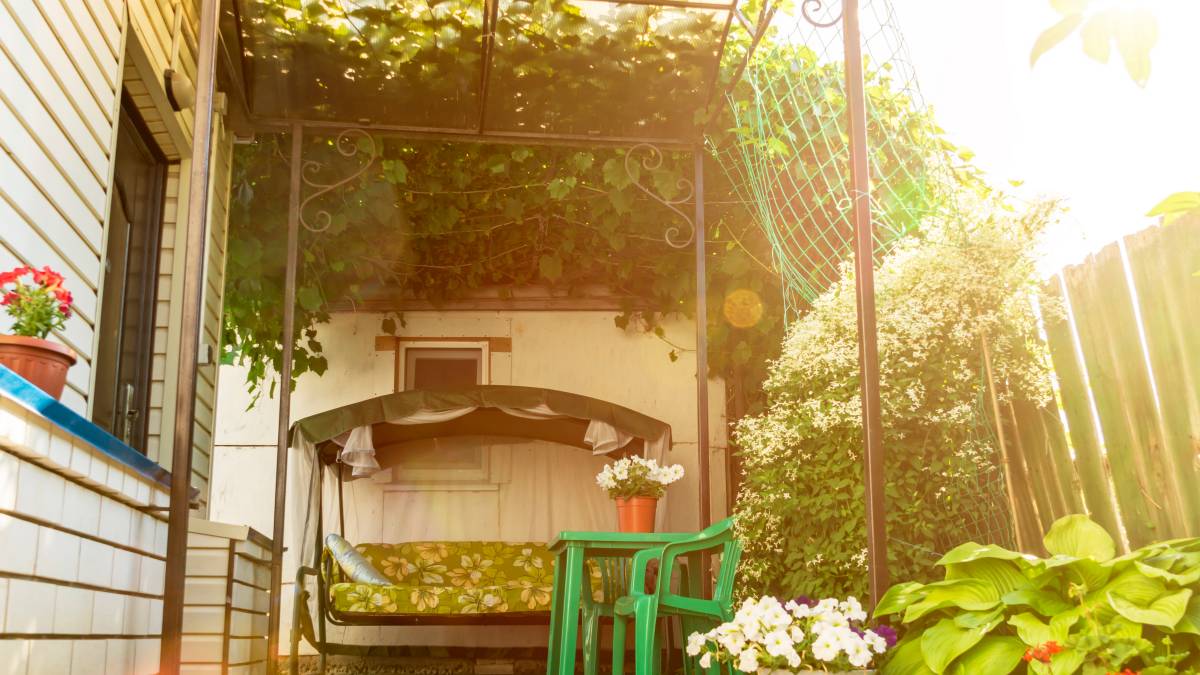
18 Garden canopy ideas you’ll love
Read more
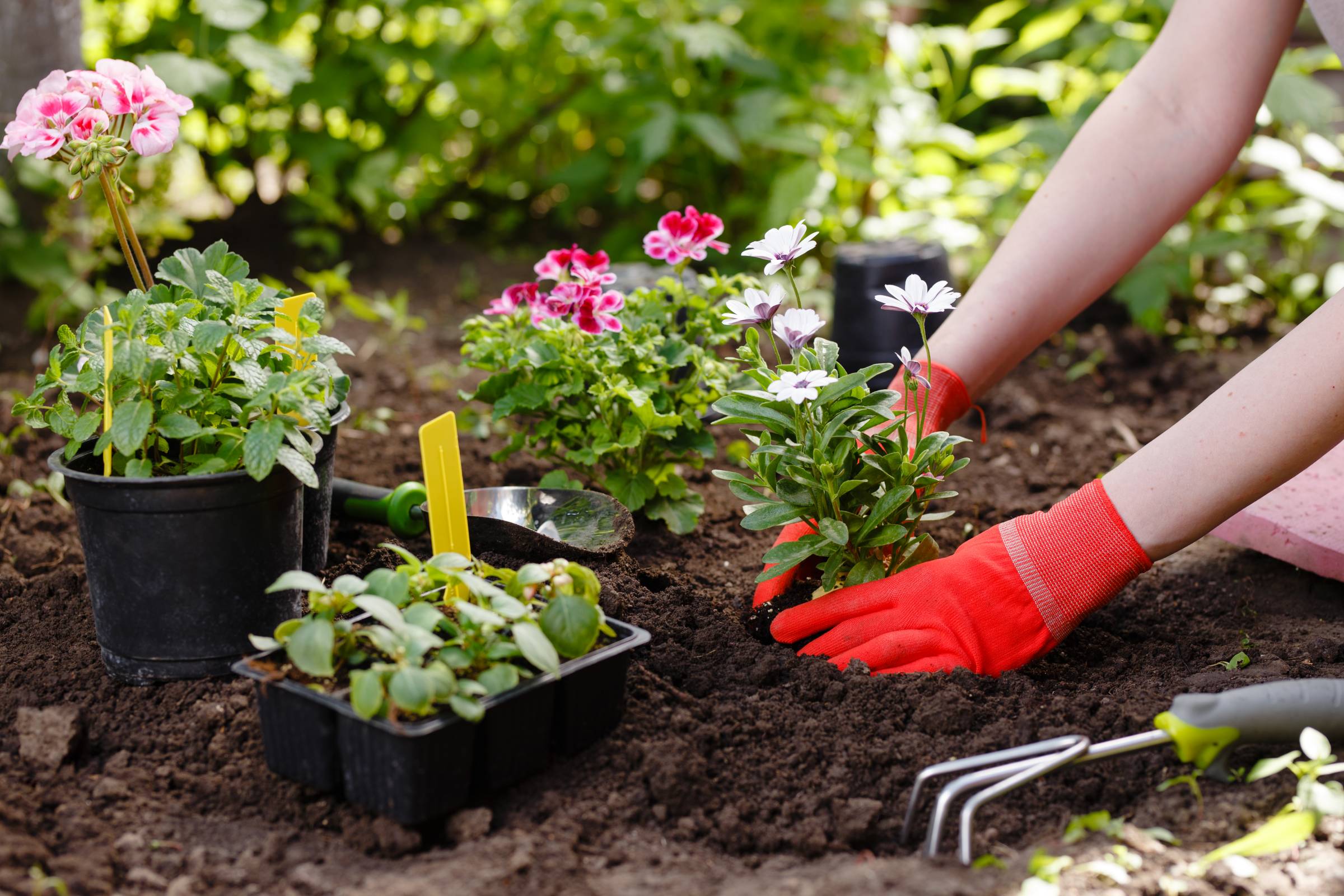
Your garden maintenance checklist
Read more

Gardening tips for beginners
Read more
Related price pages

How much does a garden room cost?
Read more
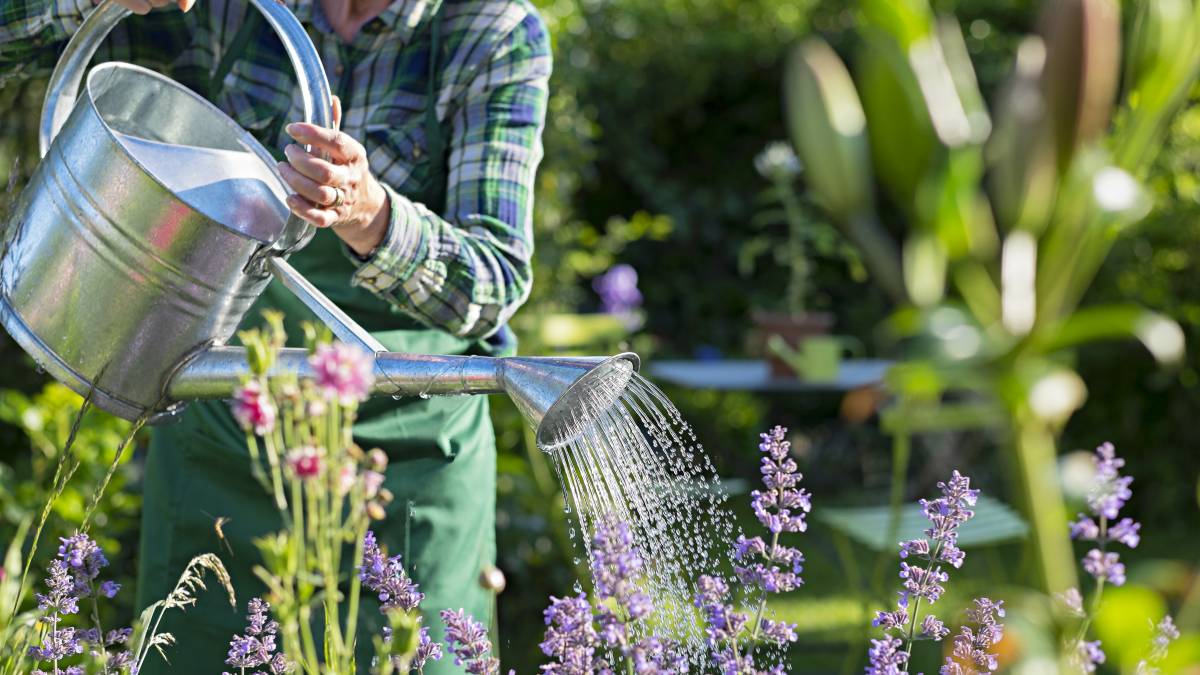
How much does a gardener cost?
Read more
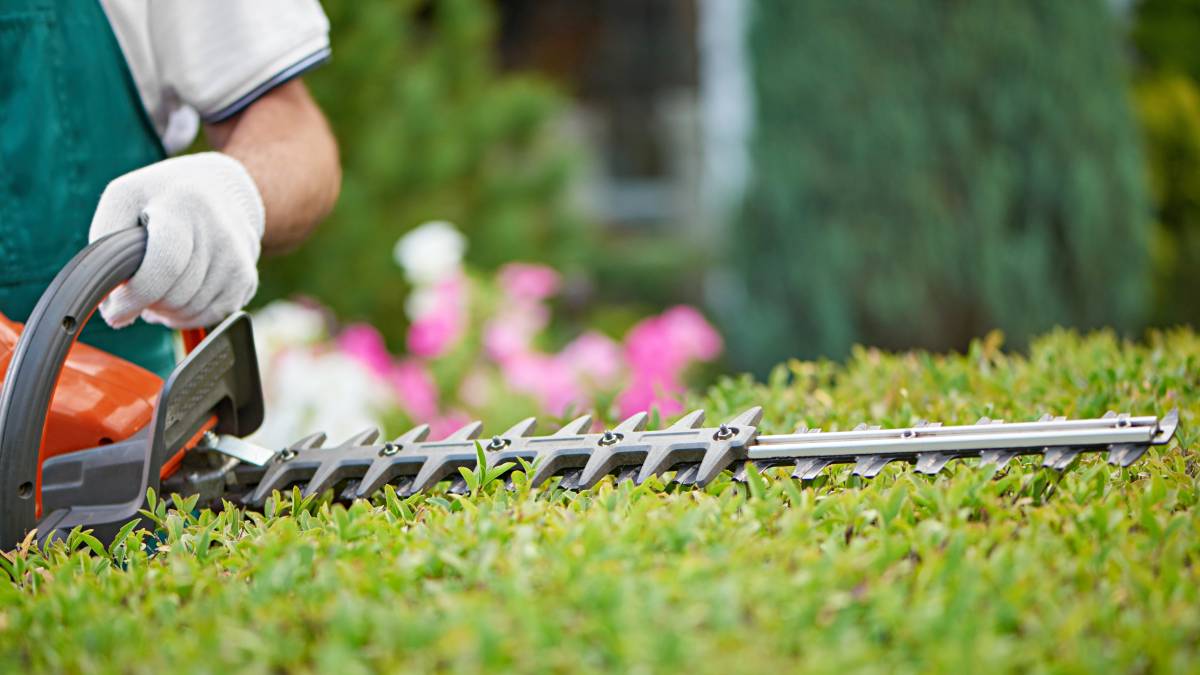
How much does hedge removal cost?
Read more
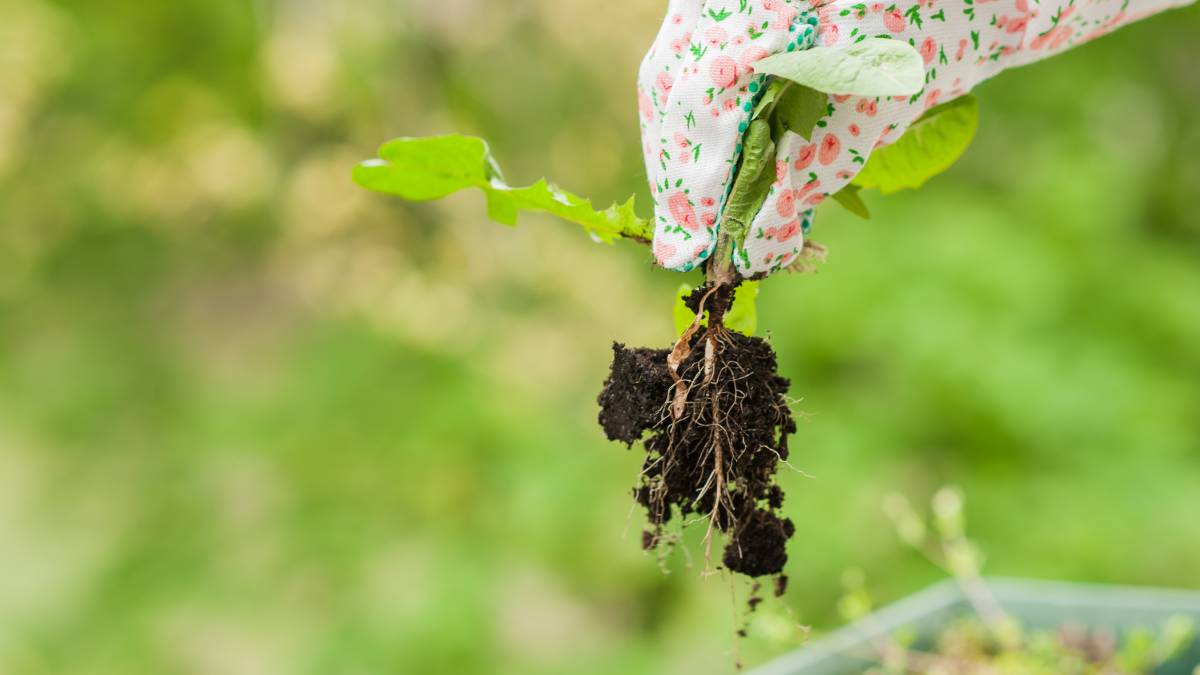
How much does weeding cost?
Read more
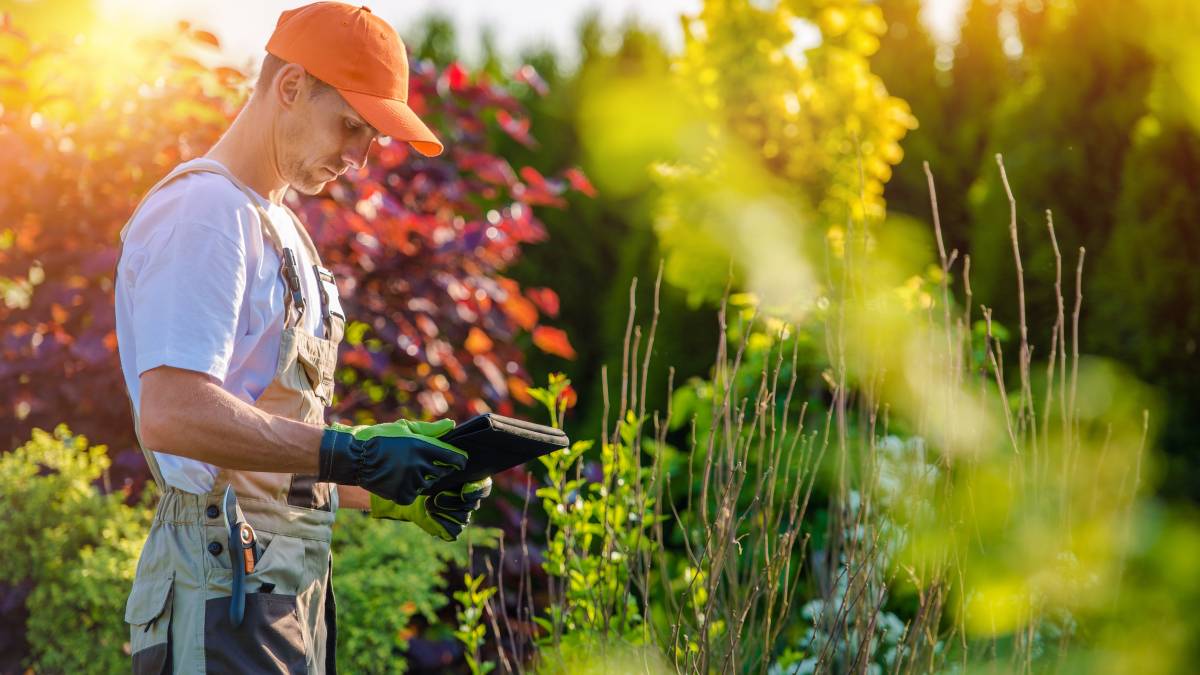
How much does garden clearance cost?
Read more
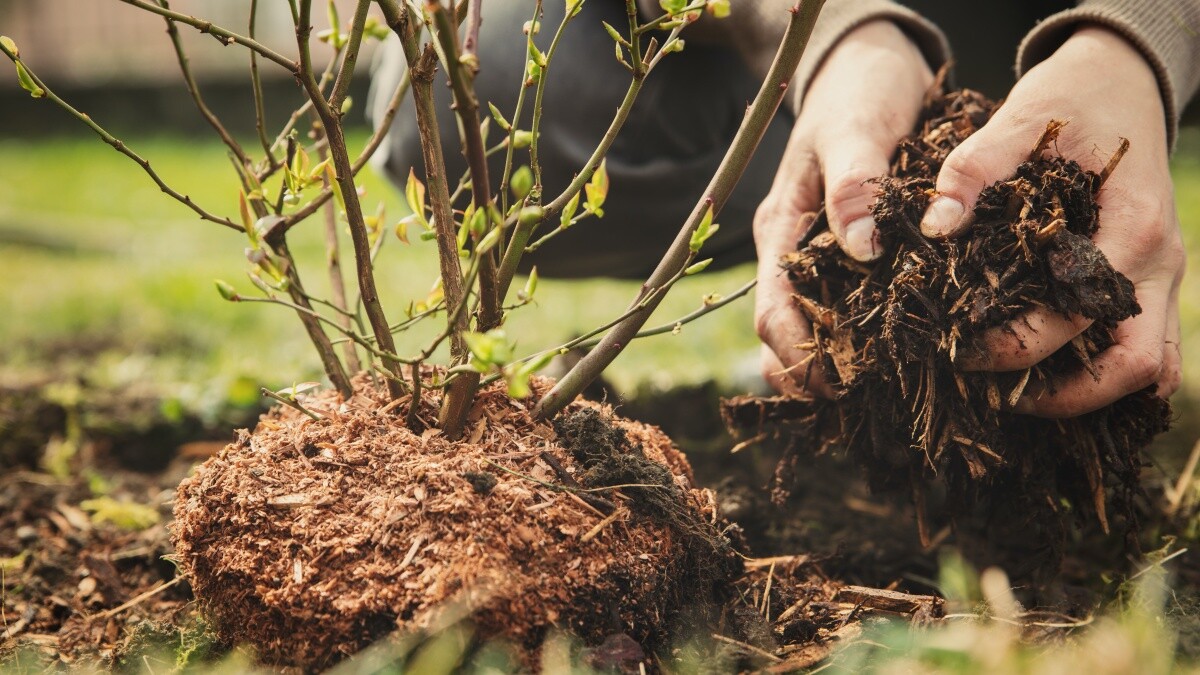
How much does mulch cost?
Read more
